The methods behind Manuel Neuer's sweeper-keeper madness

This story first appeared in the June 6, 2016, issue of Sports Illustrated. Subscribe to the magazine here.
At the highest level, modern soccer has a lot in common with the German autobahn. The speed of the game has no limits, and players are like the latest sports cars: faster, sleeker and more powerful than ever. The movement in soccer—end-to-end attacking, relentless defensive pressure—can be constant. And yet there remain players, goalkeepers, who impose calm. In 2016, no one on the planet balances order and chaos better than Germany’s Manuel Neuer, who is redefining his position in a way that hasn’t been done for decades.
“I’m a little bit risky, but [I represent] security and protection, and you have to give your teammates that feeling as well,” says Neuer. “I’m a guy who likes to drive a car quite fast—but I wear a seat belt at the same time. So you have this balance. Maybe you can compare it.”
Forward, fullback questions make Germany vulnerable at Euro 2016
Surrounded by Champions League trophies in Bayern Munich’s boardroom, Neuer has folded his 6' 4", 203-pound frame into a leather office chair. Like many Germans, Neuer, 30, speaks better English than he lets on at first—he ditches his interpreter entirely after a few minutes—and he draws a special pleasure from discussing his ultimate fast-lane experience: Germany’s round-of-16 victory over Algeria in World Cup 2014.
To watch Neuer’s highlight video from that game, which includes an astonishing five clearances and 20 touches outside his penalty box, is to see a goalkeeper pushing the outer limits of what’s physically possible and, perhaps, mentally sane.
Time and again, with Germany’s attack-minded back line pushed up near midfield, Algeria sends passes through and over defenders, hoping that fleet forwards Islam Slimani and Sofiane Feghouli can run onto the ball for a lightning-strike goal in the rain of Porto Alegre, Brazil. But there’s no joy for the men in green, no alegría for Algeria. Instead there’s Neuer venturing 35 yards from his goal, racing Slimani into the corner and sliding to block the striker’s cross before it reaches the penalty area. There’s Neuer, racing out again, propelling his head to clear a dangerous diagonal ball before crashing into the onrushing Slimani. And there’s Neuer covering on a misplayed back-pass, clearing the ball from danger an instant before Aïssa Mandi’s arrival.
Neuer may look like a madman, but his objective is clear: to prevent scoring chances before they materialize, even if that means taking sphincter-tightening risks.
“It’s better for me to get the ball before the [opposing] striker than to [wait and] have a one-on-one situation in the box,” he says. “If he can’t get the ball, he won’t get any opportunity.”
And if Neuer fails? Then he’s committed the soccer version of hara-kiri. If he misjudges the speed and trajectory of either the ball or the striker and arrives too late, he may not only concede a goal but also look silly in the process.
“I don’t feel the fear in my head in this moment,” he says. “I am always thinking positive. But you have to be sure to get the ball.”
Inside the churning mind of Mexico's Javier ‘Chicharito’ Hernandez
The circumstances in Brazil created a fairly unique situation: Germany deployed relatively slow center backs; Algeria’s front-line speed was formidable; and Neuer could station himself higher up the field because the ball was skidding on the wet sod, causing hard through-balls to reach him faster than they would in dry conditions. The keeper believes that his early stops put a degree of fear into the opposing strikers, causing them to pull out early in avoiding collisions.
“A lot of their players didn’t want to go into the one-on-one because I’m big,” he says.
Neuer’s heat map for the Algeria match, which shows the location of his touches and his positioning, is unlike anything you would associate with a traditional goalkeeper—it’s as though he’s playing two positions instead of one.
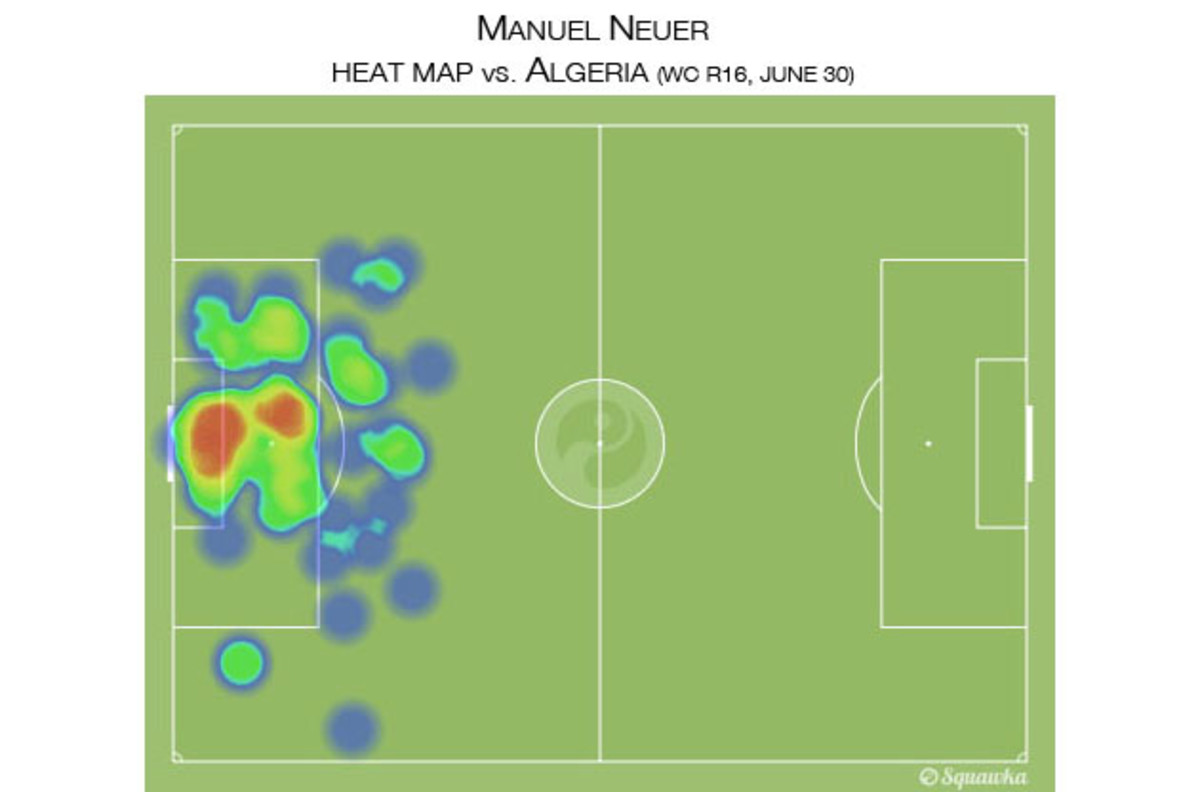
In fact Neuer’s coloring outside the lines of his penalty box has many experts considering him one of the greatest goalkeeping innovators, the next evolutionary step after Soviet legend Lev Yashin, who began counterattacks with quick outlets and intercepted passes outside his box. Yashin remains the only keeper ever to win the European Footballer of the Year award, in 1963, but consider: In 2014, Neuer was the World Cup champions’ only finalist for FIFA’s Ballon d’Or, alongside Cristiano Ronaldo and Lionel Messi.
Remarkably, the German language has yet to produce a 12-syllable word that describes the goalkeeper position as played by Neuer. Give it some time, though. For now, there’s a 16-letter English handle that will be hard to top—one that Neuer endorses with a wide smile. The sweeper keeper.
**********
If Germany-Algeria was Neuer’s version of Rachmaninoff’s playing his Piano Concerto No. 3 at Carnegie Hall, then his childhood training was like learning scales on his teacher’s living-room piano. A netminder from age 4, Neuer discovered early on that he had a leading foot and a standing leg. For him it felt more comfortable jumping to his left than to his right to make a save. Dives to his right, he says, would result in awkward landings and a bruised hip. Neuer had to train himself to explode to his right more easily, just as a right-footed player would practice using his left foot on the ball.
Other aspects of basic shot-stopping came over time: positioning, covering his near post, keeping his hands in a ready position. Neuer absorbed them all. “I always want to save it,” he says, “but more important is that other players can’t get any rebound, any chance to get a goal.”
Euro 2016 Power Rankings: Host France the favorite in open field
But shot-stopping—once the hallmark of proficiency—is now a bare-minimum requirement. The 21st‑century keeper also needs to organize his team’s back line and set-piece defenses, command the penalty area on crosses, disrupt opposing forays outside the box and initiate his own team’s attack. Comfort on the ball (with both feet) is mandatory, as is the ability to unspool passes to moving targets on a dime, over short and long distances, including with an overhand throw.
What’s more, the strategic trend of extreme defensive pressure up high means that goalkeepers often need to make themselves available for besieged defenders in need of an outlet. (A 1992 rule change prevented goalkeepers from picking up deliberate back-passes, forcing them to use their feet.)
Fortunately for Neuer, he also perfected these foot skills at an early age. When he joined the youth ranks of the German club Schalke in 1991, at age 5, the right-footed keeper would practice with the outfield players if there was no goalie training, which developed his weaker left foot. Schalke even considered switching Neuer to an outfield position when he was 13, partly out of concern that he wasn’t tall enough. Ultimately they kept Neuer in goal, fully equipped with the tools to redefine the position. (Schalke wasn’t able to hold on to him; Bayern Munich, as it so often does to its German rivals, poached Neuer for $31.5 million in 2011.)
- EURO 2016: Full statistics, standings, groups
“To be a modern goalkeeper, I have to think offensively, to initiate our attacking moves safely and securely,” Neuer says. “Both my teams—Bayern and Germany—usually have more than 60% possession, so I have to move outside the box to be involved in the passing game from the back.”
With Bayern, Neuer almost never boots the ball aimlessly downfield, like so many other professional goalkeepers. Under recently departed manager Pep Guardiola, the high priest of possession-based soccer, the watchword for the team’s attacking philosophy was control. Why would a keeper boom the ball and risk giving that up?
“The passing game has become more important,” says Neuer. “We rarely just hammer the ball forward. I have probably twice as many touches now than I used to have at Schalke.”
During this past European league season, for example, Neuer completed more passes—in fewer games—than prolific French striker Antoine Griezmann of Atlético Madrid.
A stranglehold on possession by Bayern and Germany often leaves Neuer with few occasions to demonstrate some of his more traditional skills. But he still has to call upon them, knowing that one mistake can turn a game. How does he know when to come out for a cross? The thought process isn’t much different from deciding whether to leave his box to cut off a through-ball—though there tends to be more human traffic in his path on crosses, requiring him to read even more variables in a split second.
Summer of Soccer on TV: Viewer's guide to Euro 2016, Copa America
“You have to know which players are in your area and whether you have a free way to the ball,” he explains. “If I know I can’t get the ball, then I have to stay in.”
Television commentators tend to believe that a goalkeeper should come out for any cross inside the six-yard box. Neuer argues that this isn’t always the case. At 1,080 square feet (6 … 20 yards), he notes, the smaller box is still larger than many city apartments.
“It depends how high the ball is coming into the box,” Neuer says of a cross into his six. “If it’s a high ball [your opponent] can’t reach, you can go out. But if it’s a very low ball and a striker is there, it’s very dangerous and you can’t.”
Even in 2016, there are enough variables that the same keeper who’ll venture 40 yards from his goal to pick off a ball will sometimes refuse to move even six yards to make a clearance, depending on the situation.
More commonly with control-obsessed Bayern and Germany, however, the ball is at the other end of the field. One of the hardest parts of Neuer’s job is going 45 minutes without a scoring chance by the opposing team, then suddenly having to spring into action.
“Sometimes in the winter it’s very cold, especially in Bavaria,” he says, half-smiling but fully serious. “It’s not easy in this moment, because you have to go from zero to 100.”
Such is life on the autobahn.
GALLERY: Bayern Munich takes on Oktoberfest
Bayern Munich at Oktoberfest
Bayern Munich
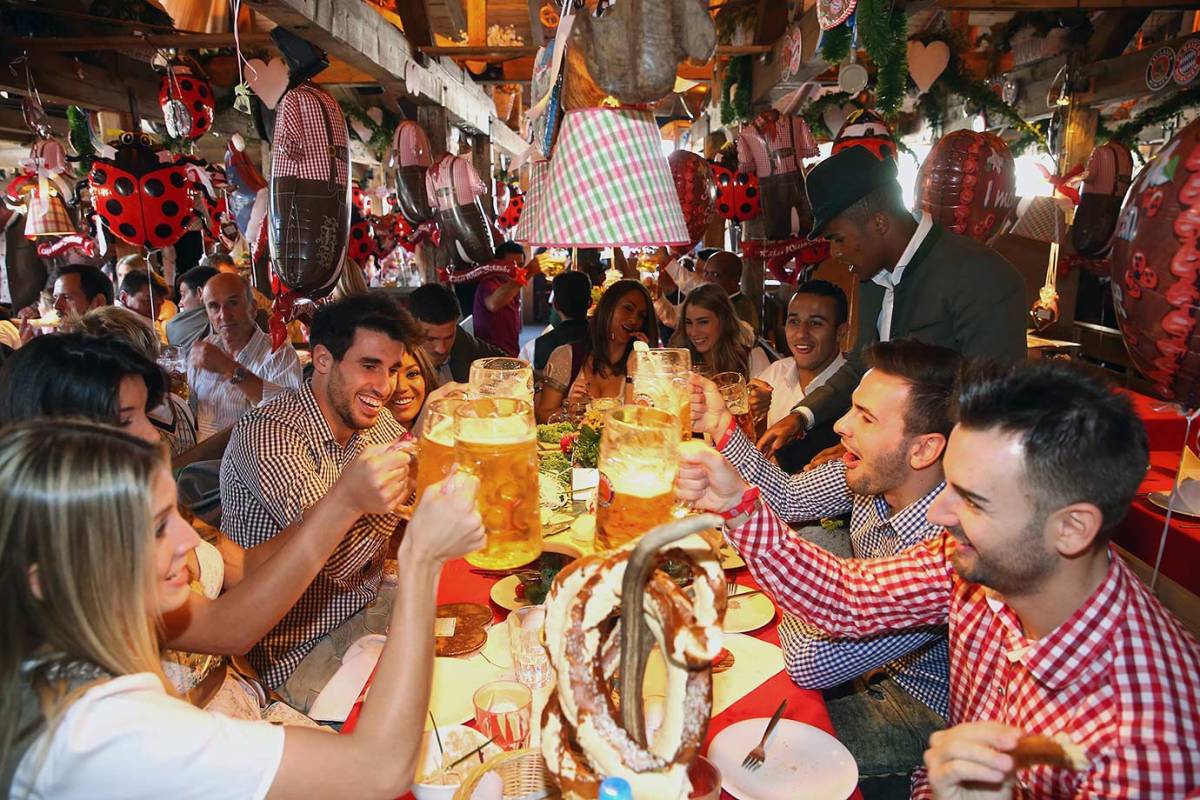
Pep Guardiola and wife Cristina
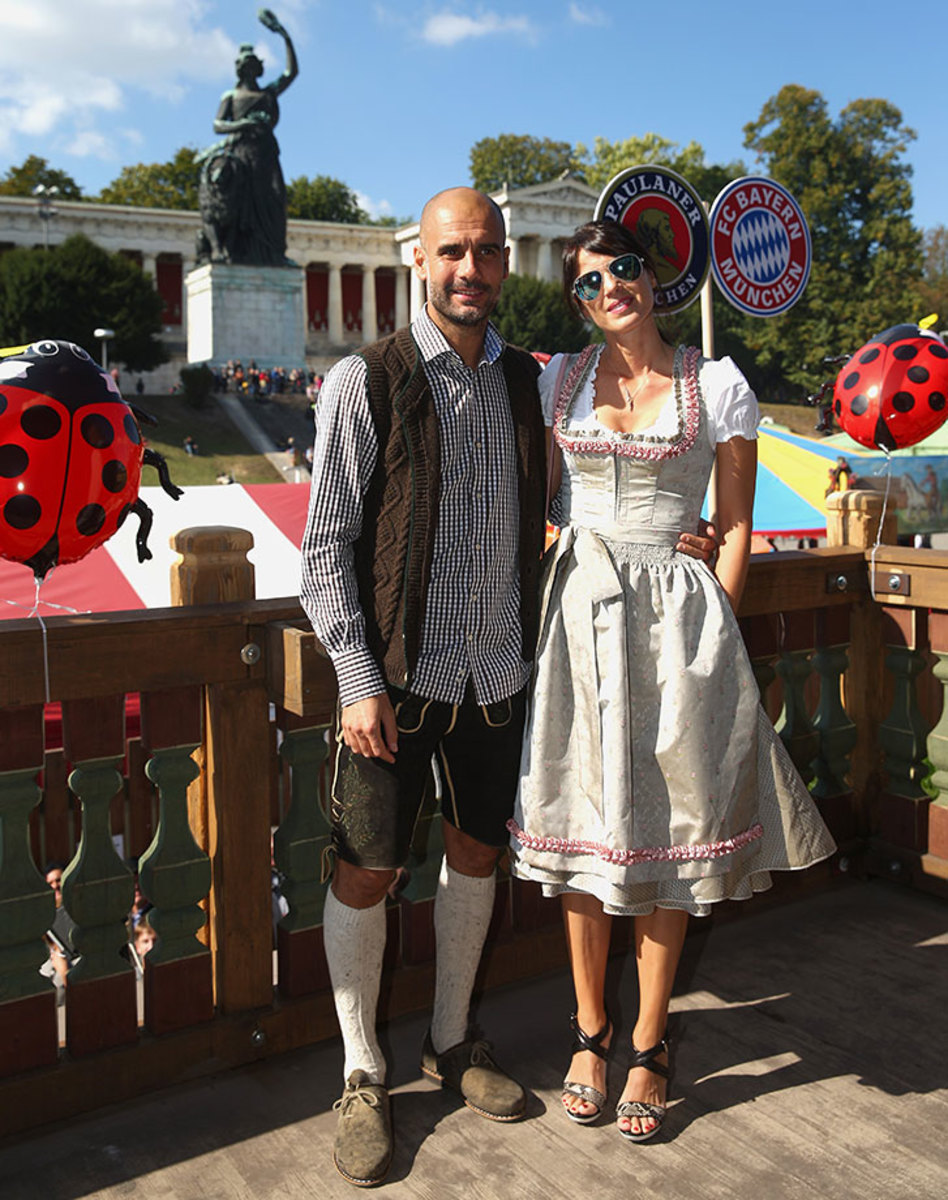
Pep Guardiola and wife Cristina
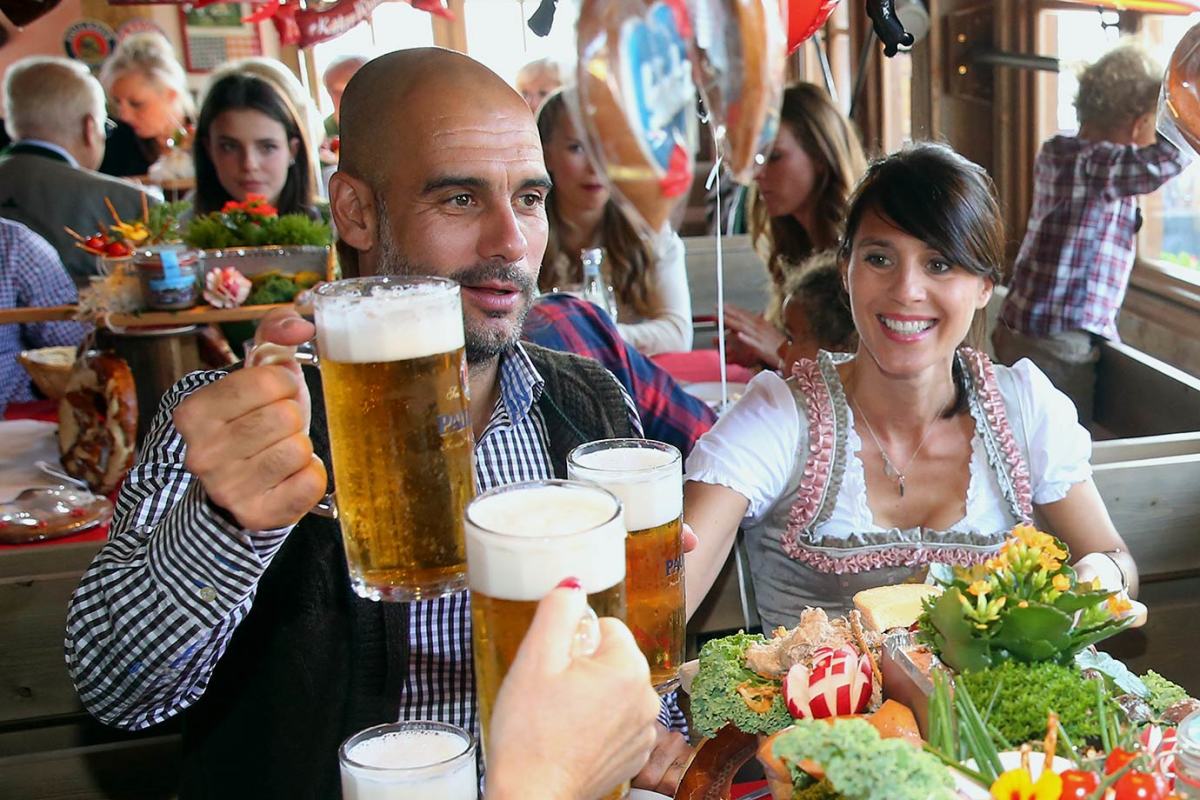
Robert Lewandowski and wife Anna
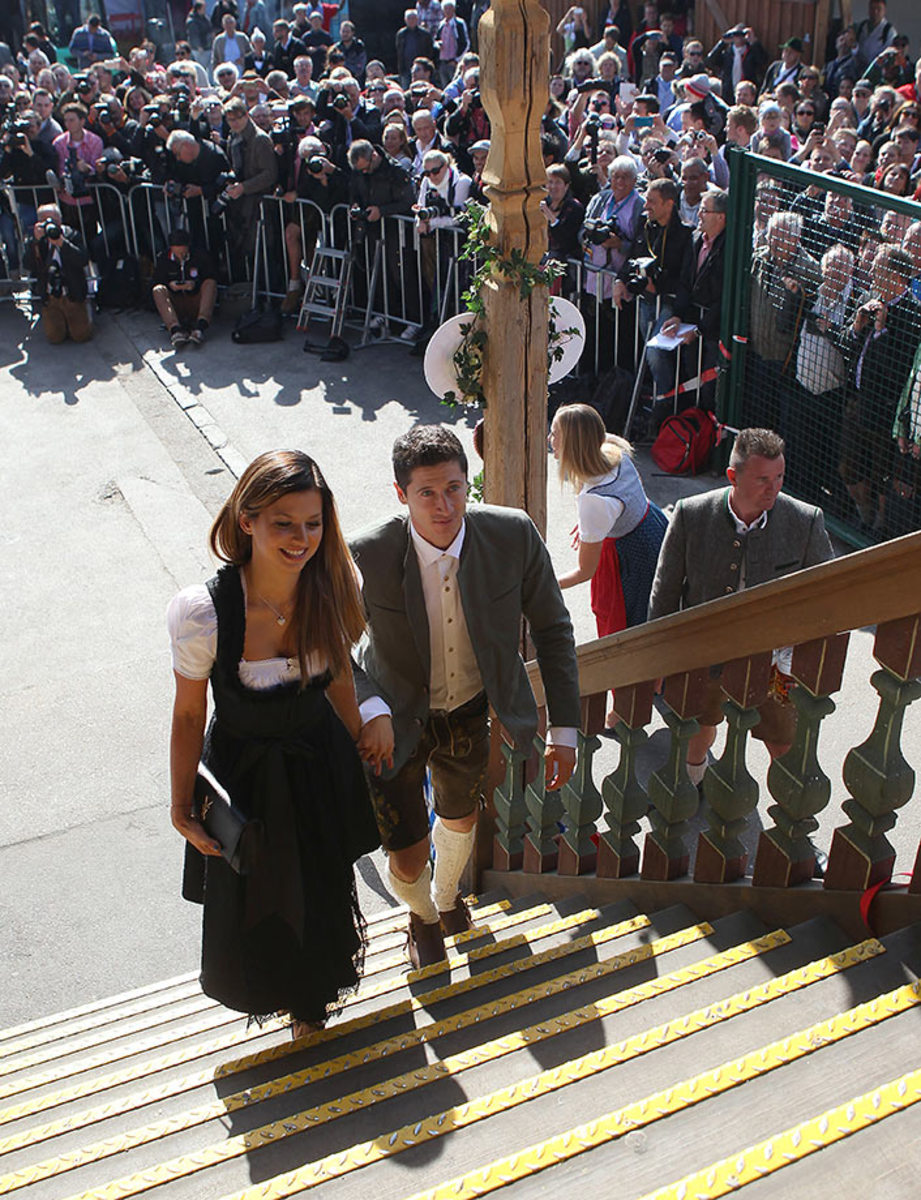
Robert Lewandowski and wife Anna
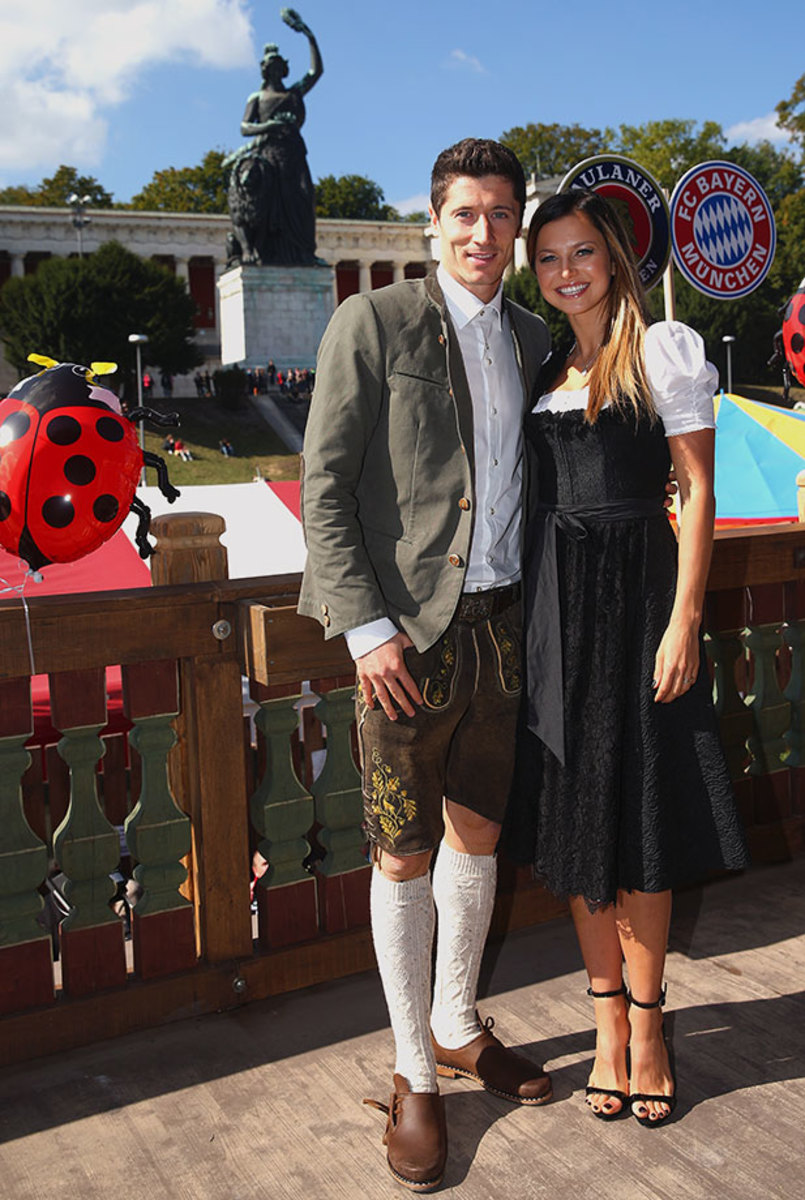
Robert Lewandowski and wife Anna
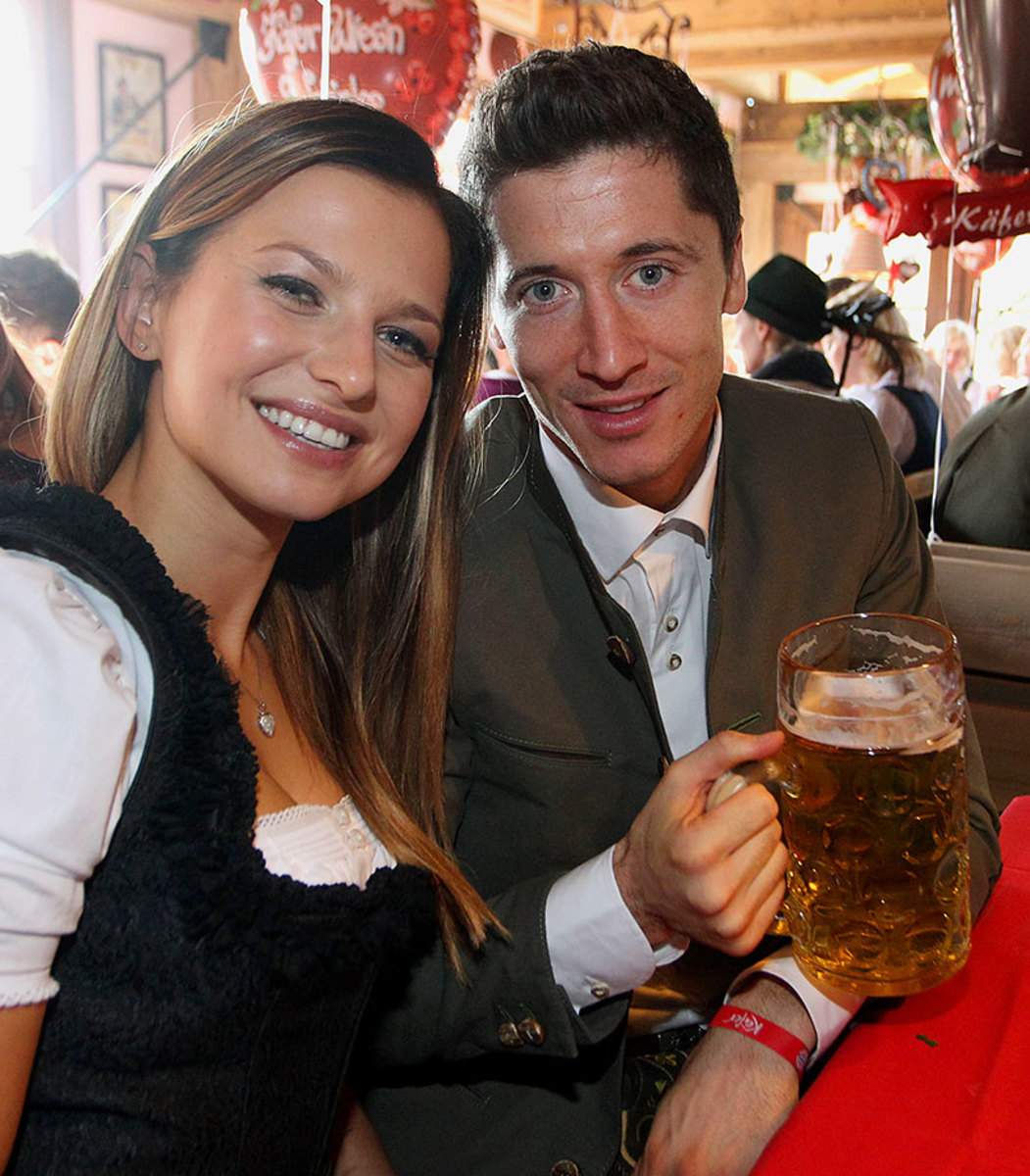
Robert Lewandowski and wife Anna
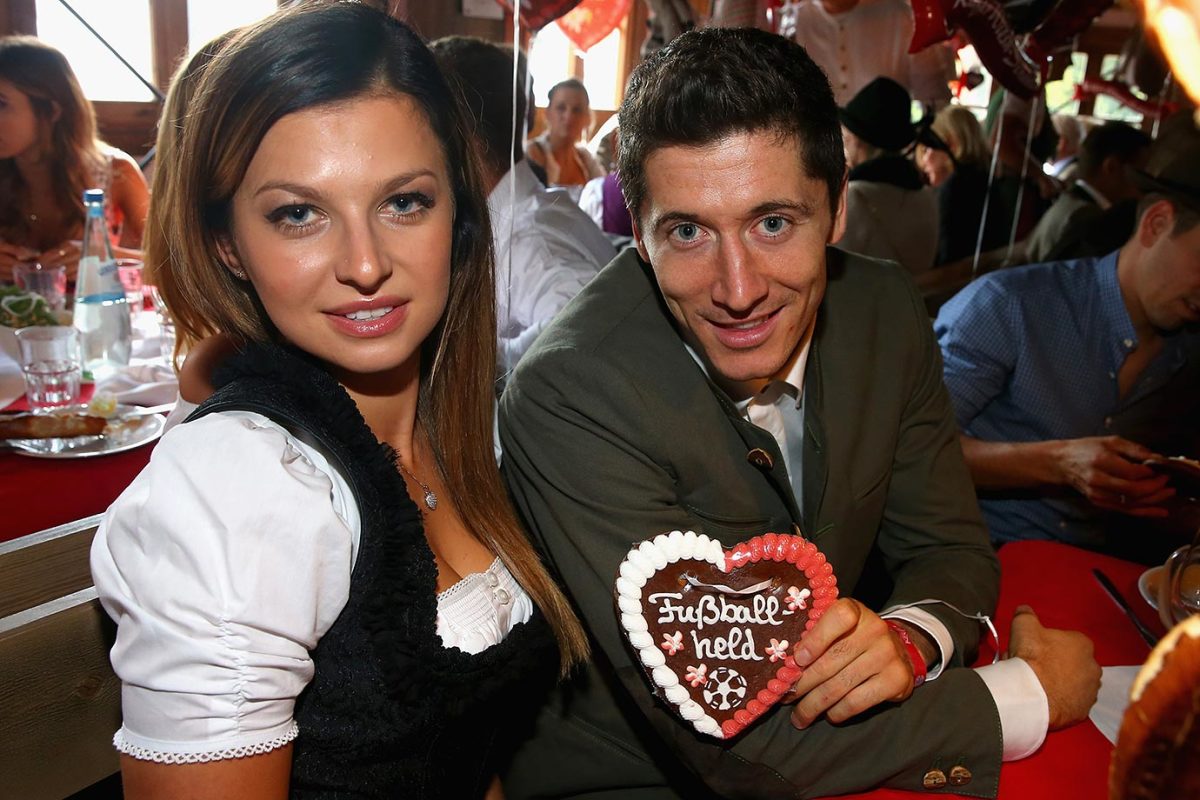
Thomas Müller and wife Lisa
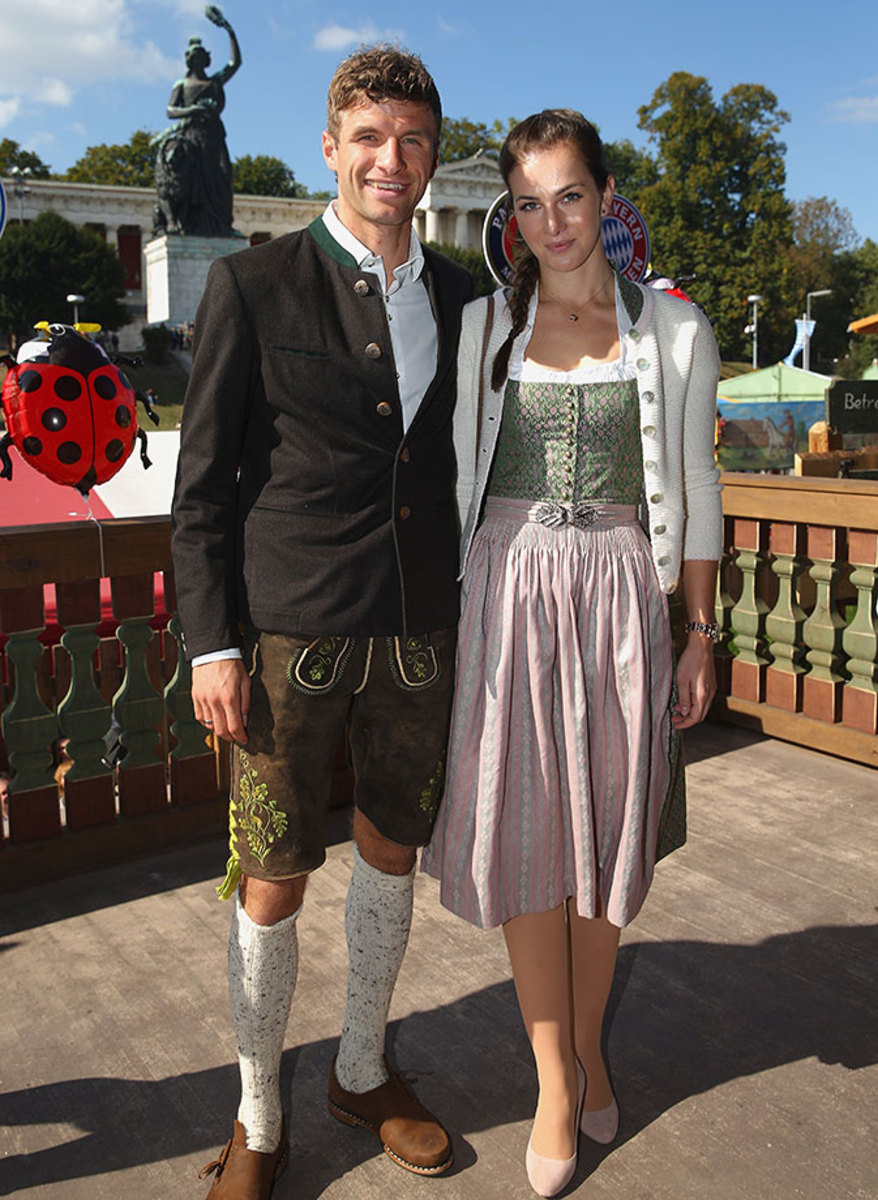
Thomas Müller and wife Lisa
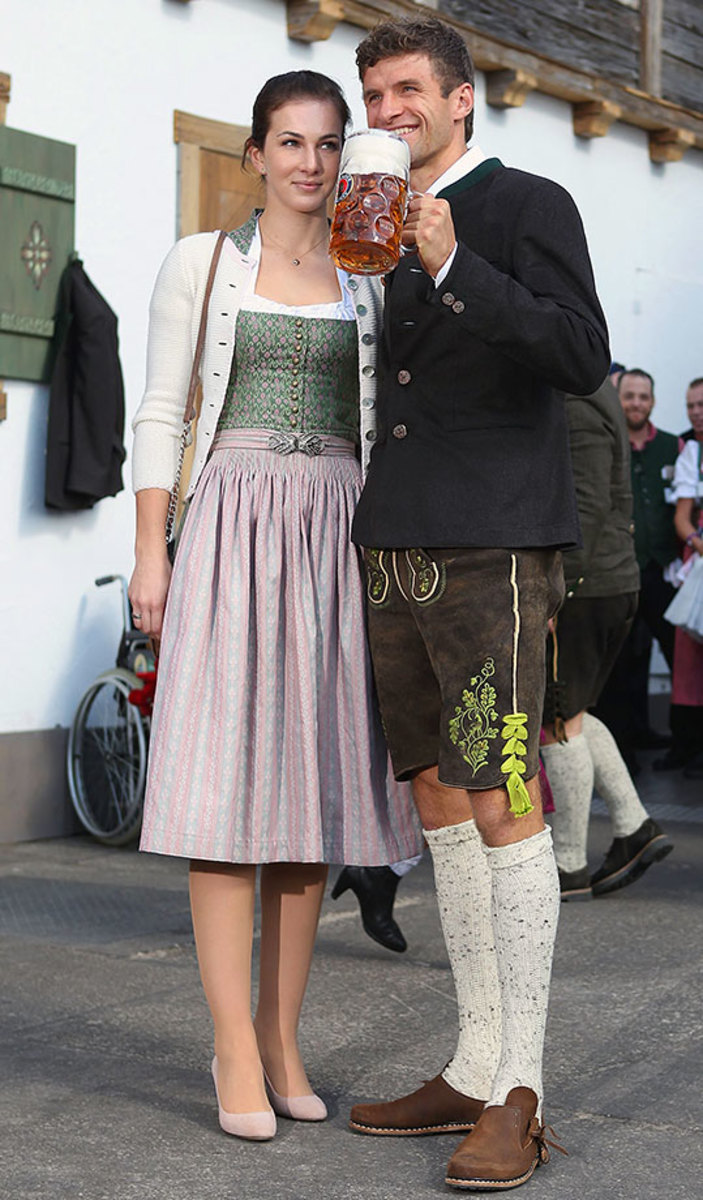
Thomas Müller
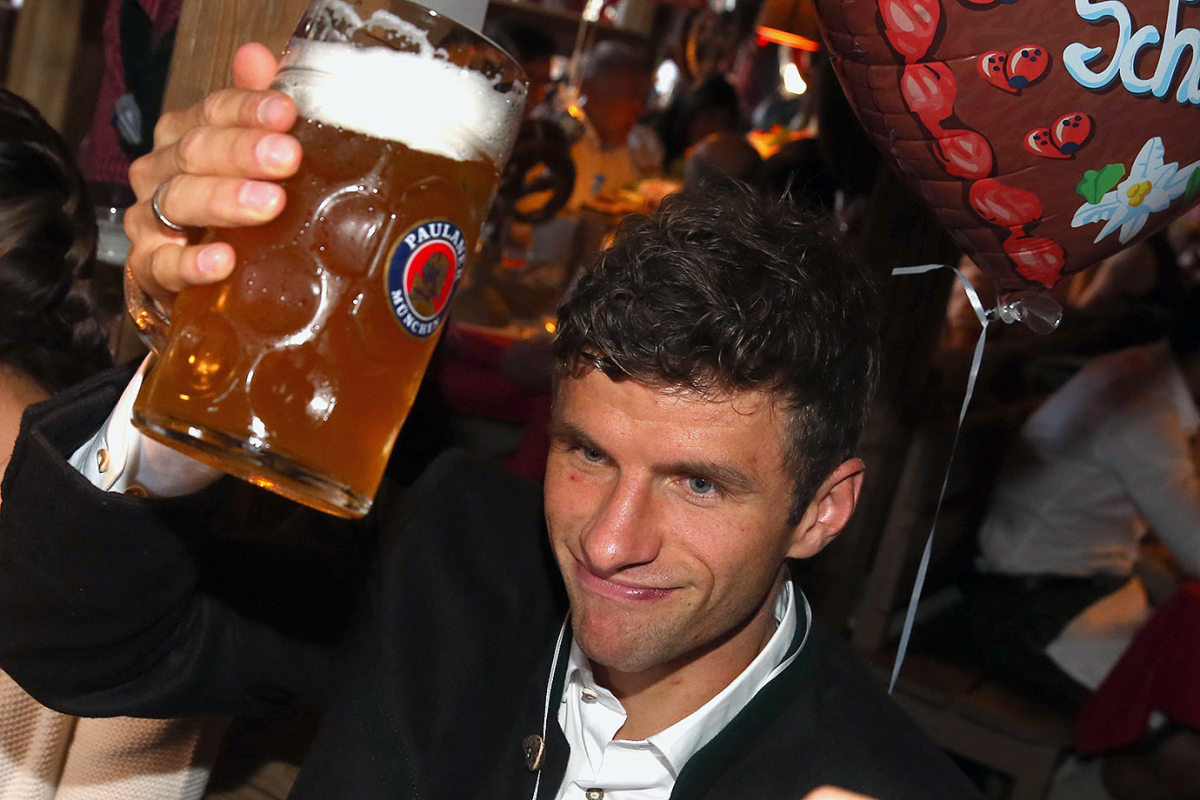
Thomas Müller and wife Lisa
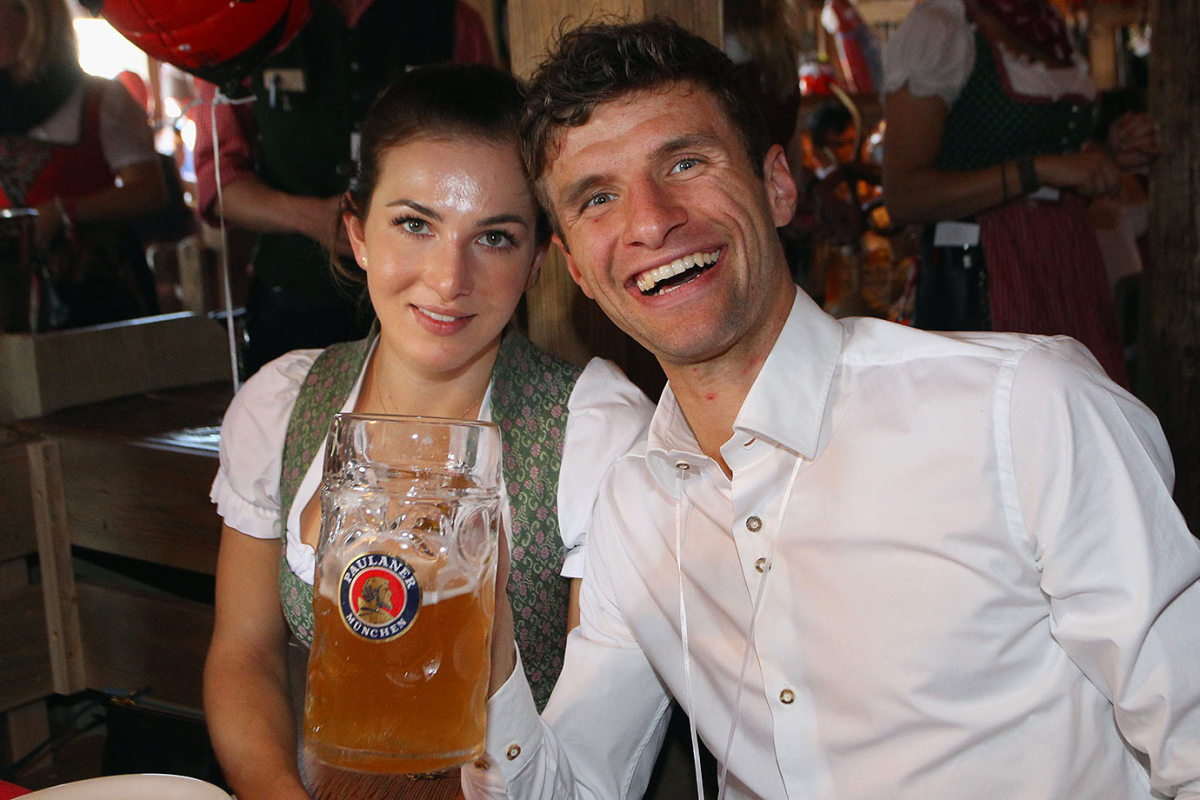
Xabi Alonso and wife Nagore
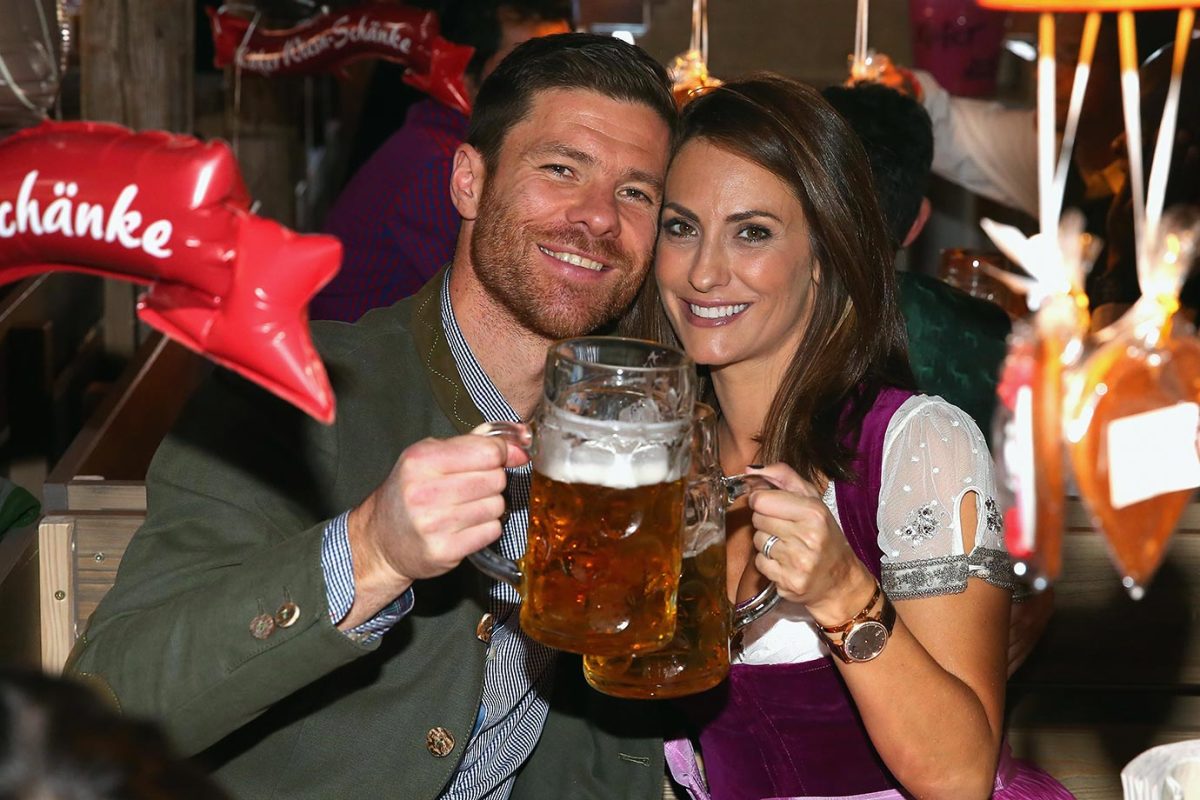
Xabi Alonso and wife Nagore

Mario Götze and Ann Kathrin Broemmel
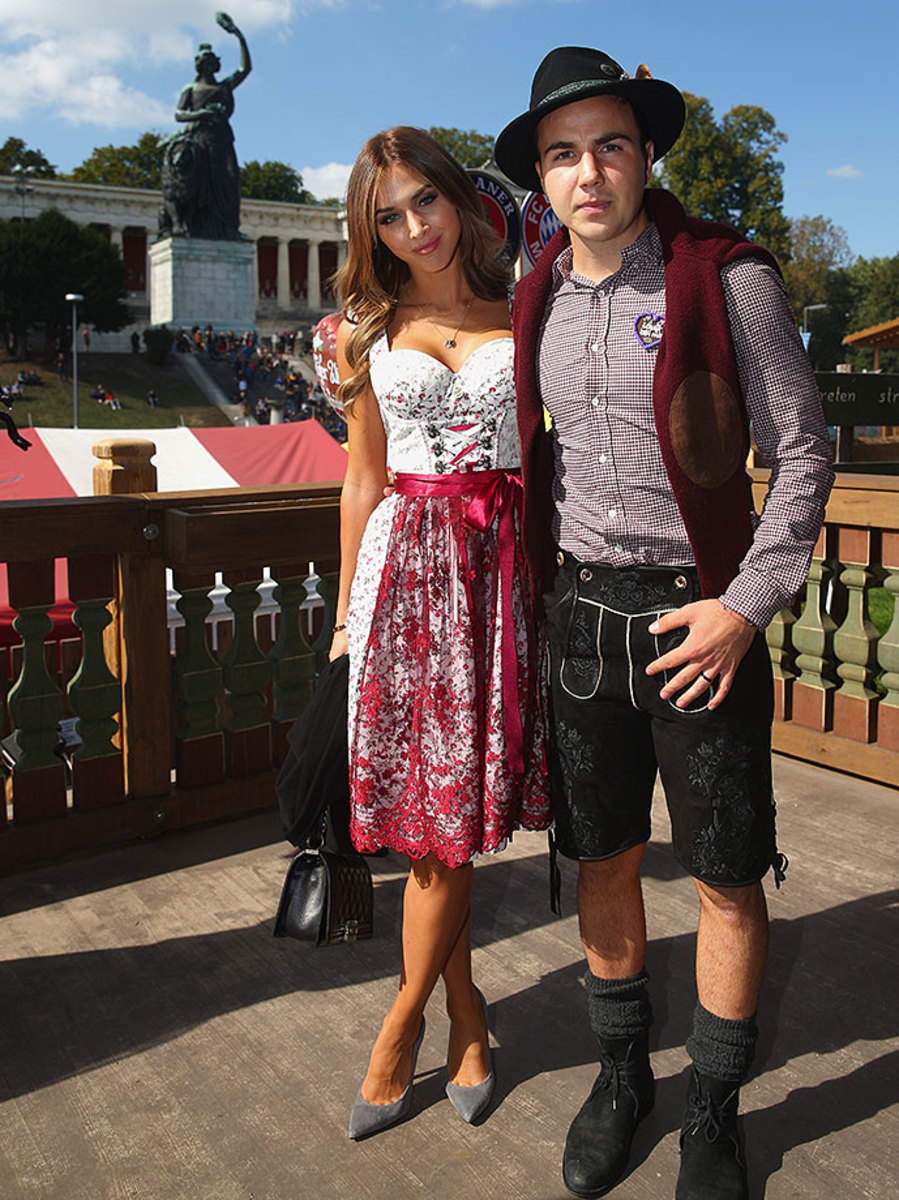
Mario Götze and Ann Kathrin Broemmel
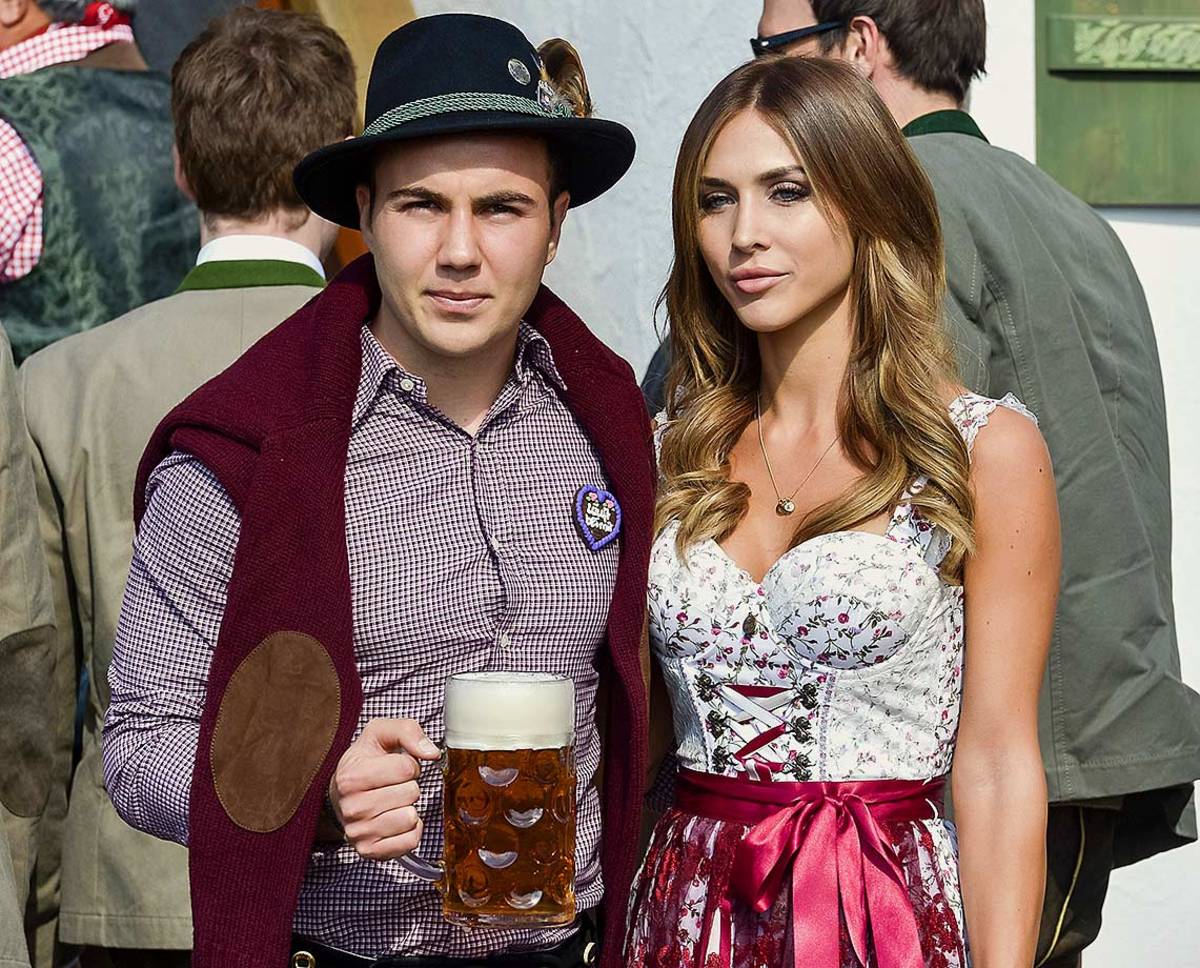
Thiago and Julia Vigas
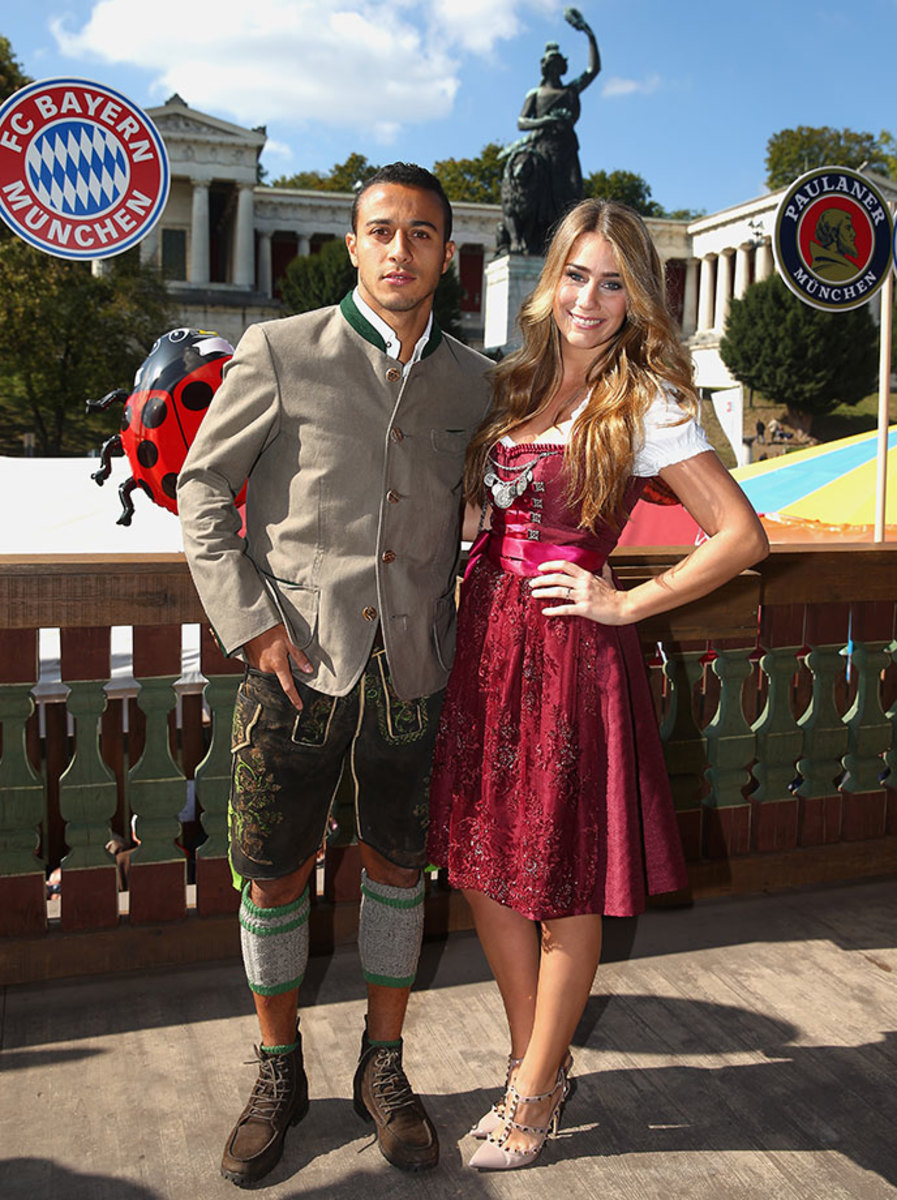
Thiago and Julia Vigas
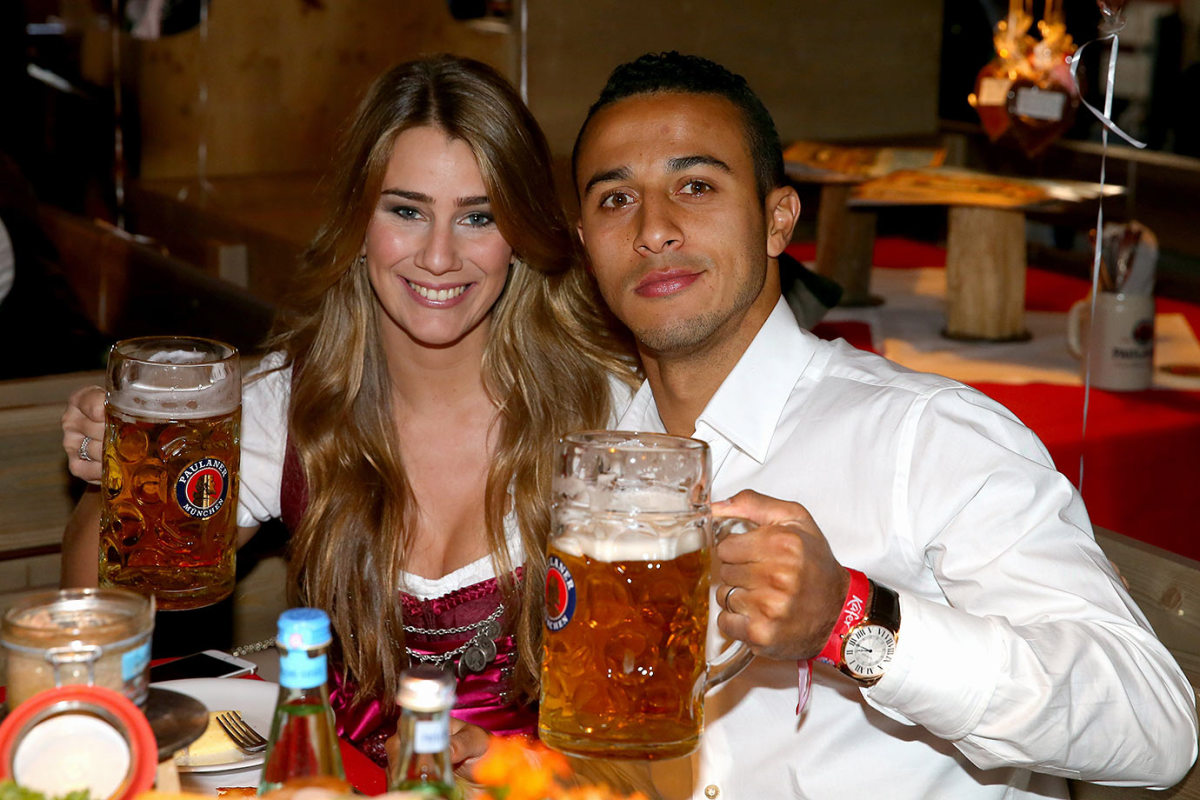
Rafinha and wife Carolina
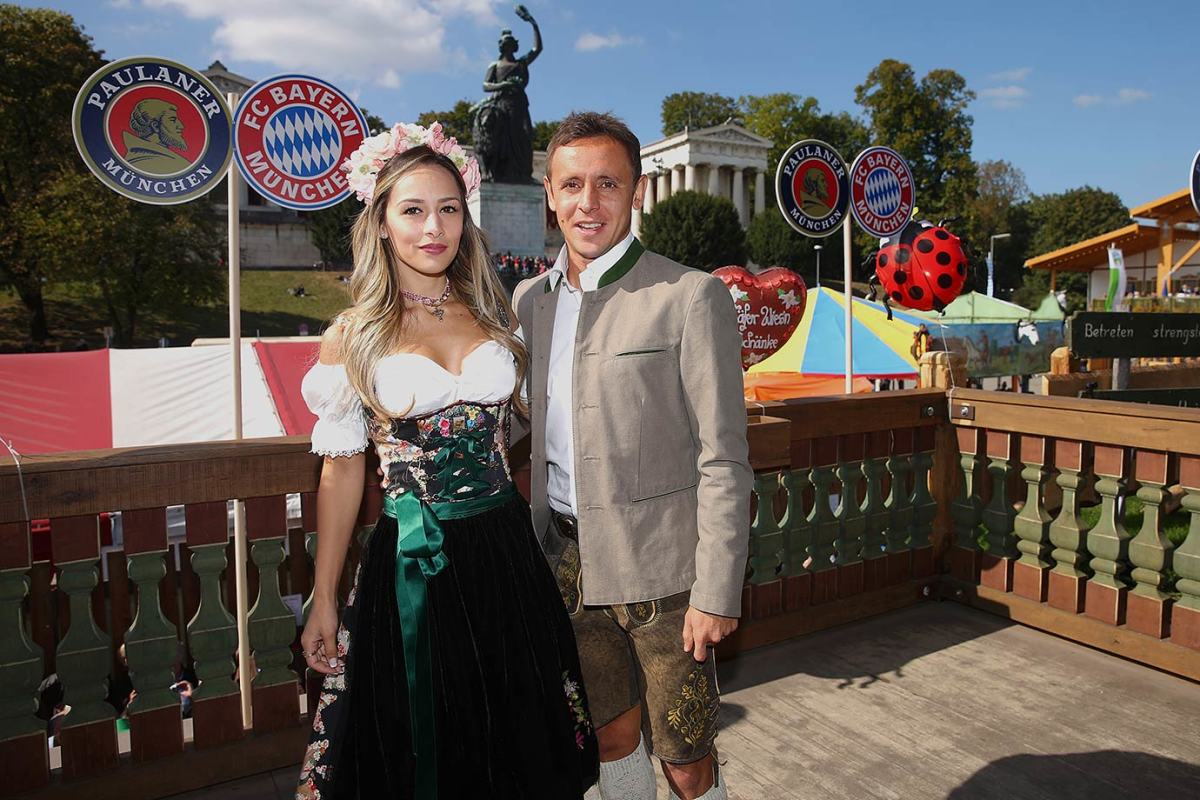
Arjen Robben, Arturo Vidal and Rafinha
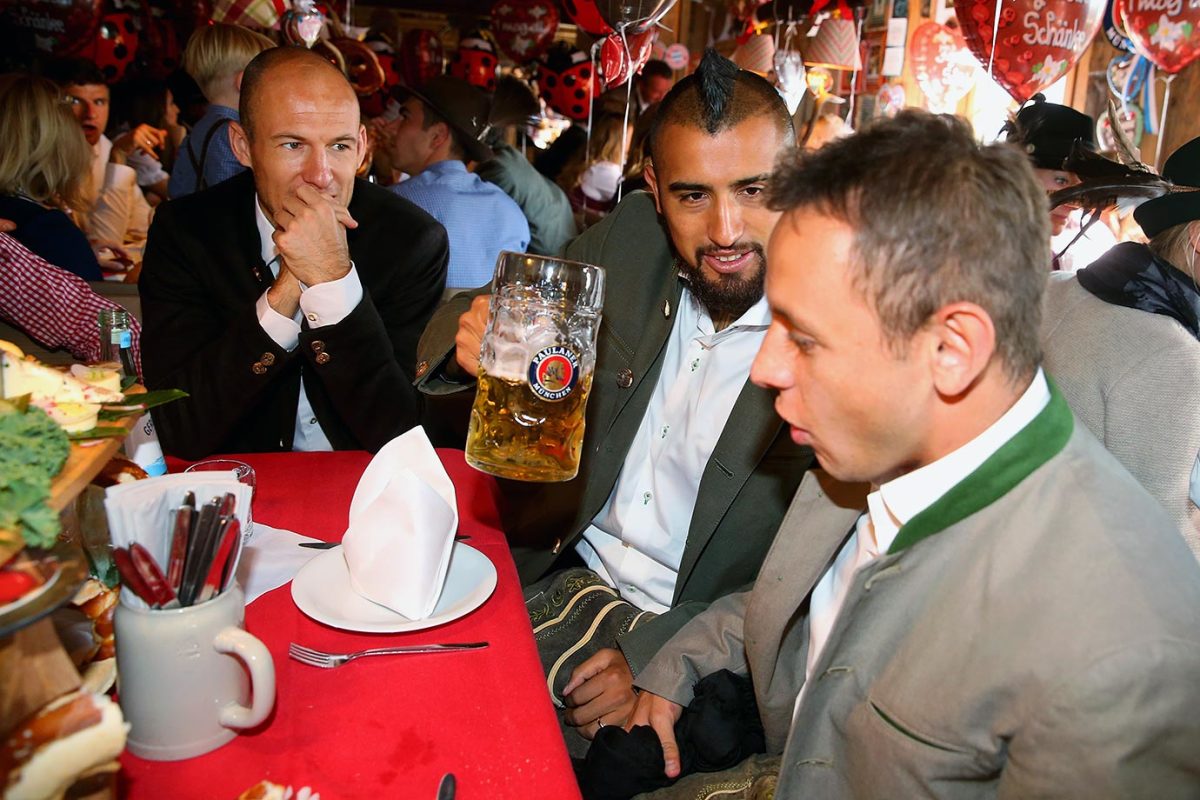
Medhi Benatia, Franck Ribery, Jerome Boateng, Kingsley Coman and David Alaba
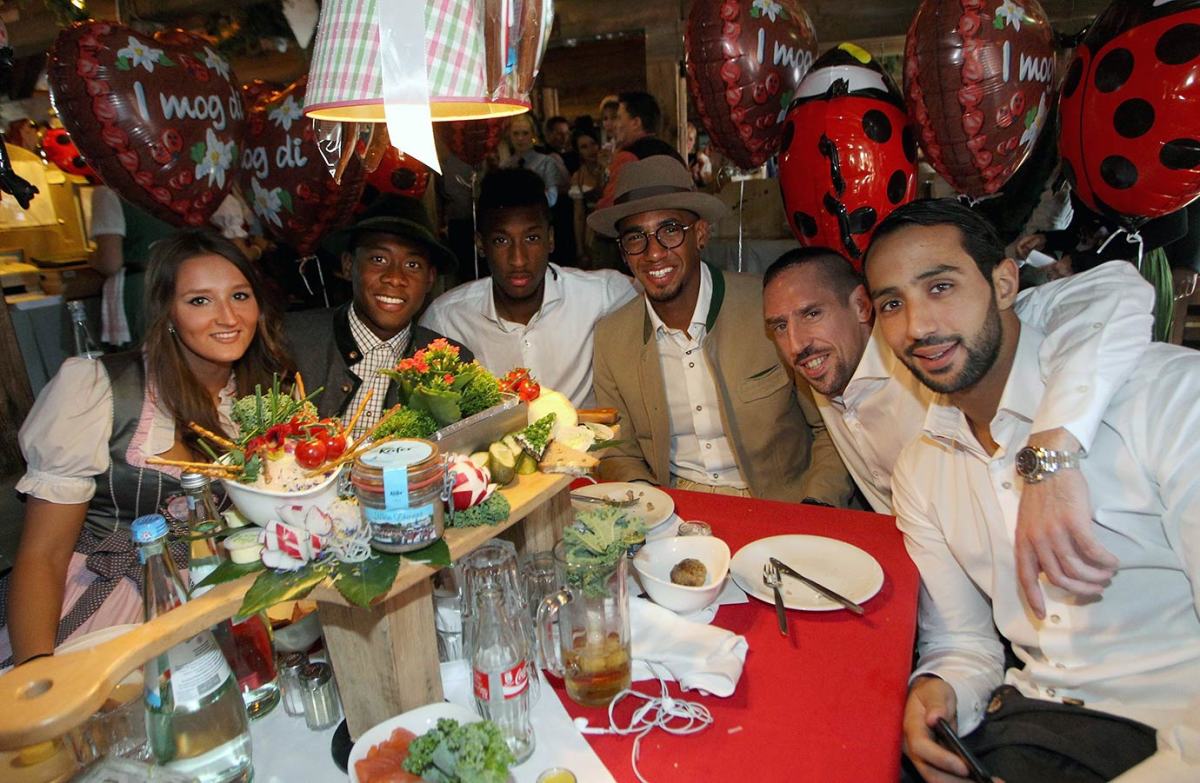
Thomas Müller
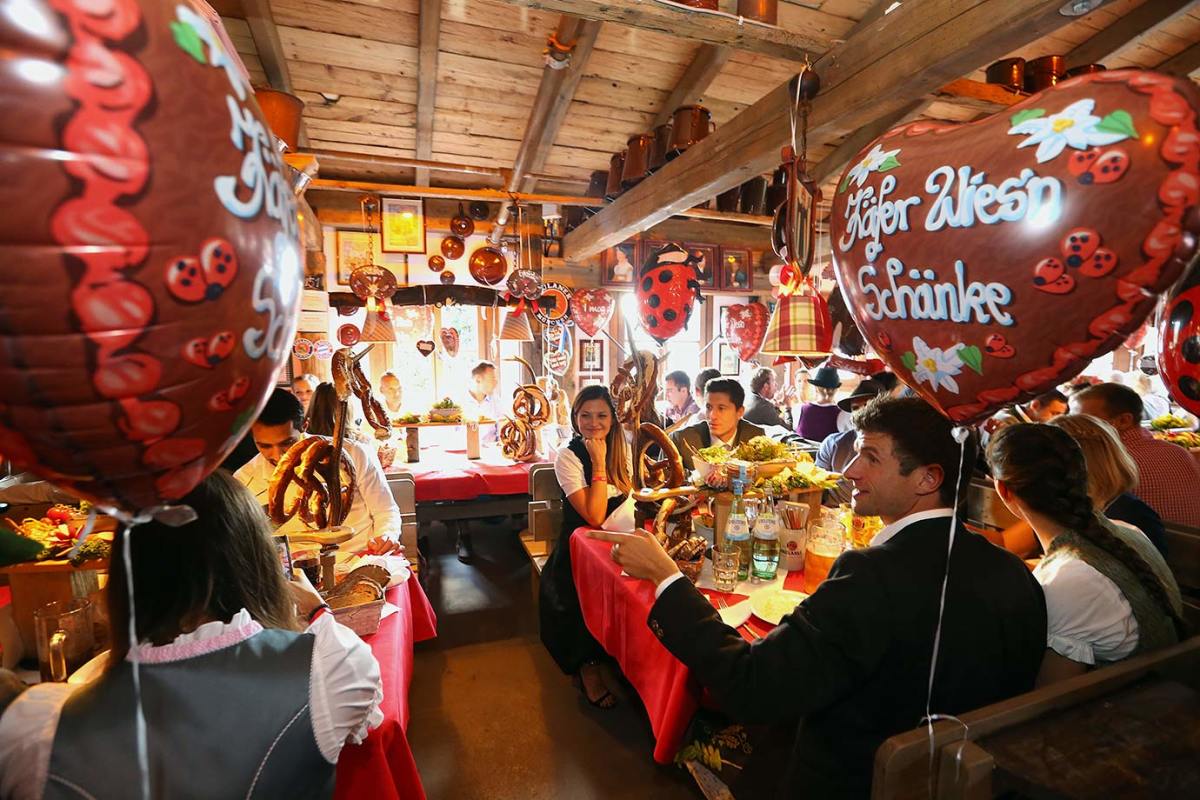
Douglas Costa
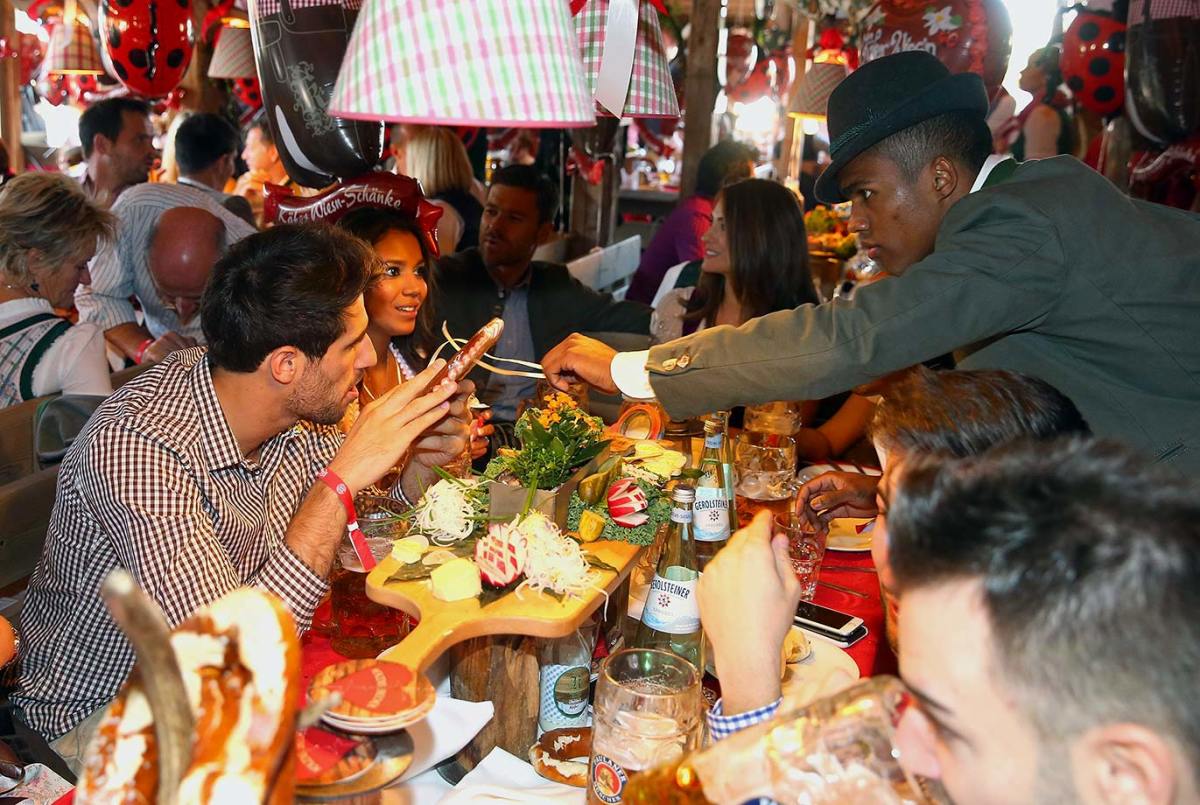
Douglas Costa
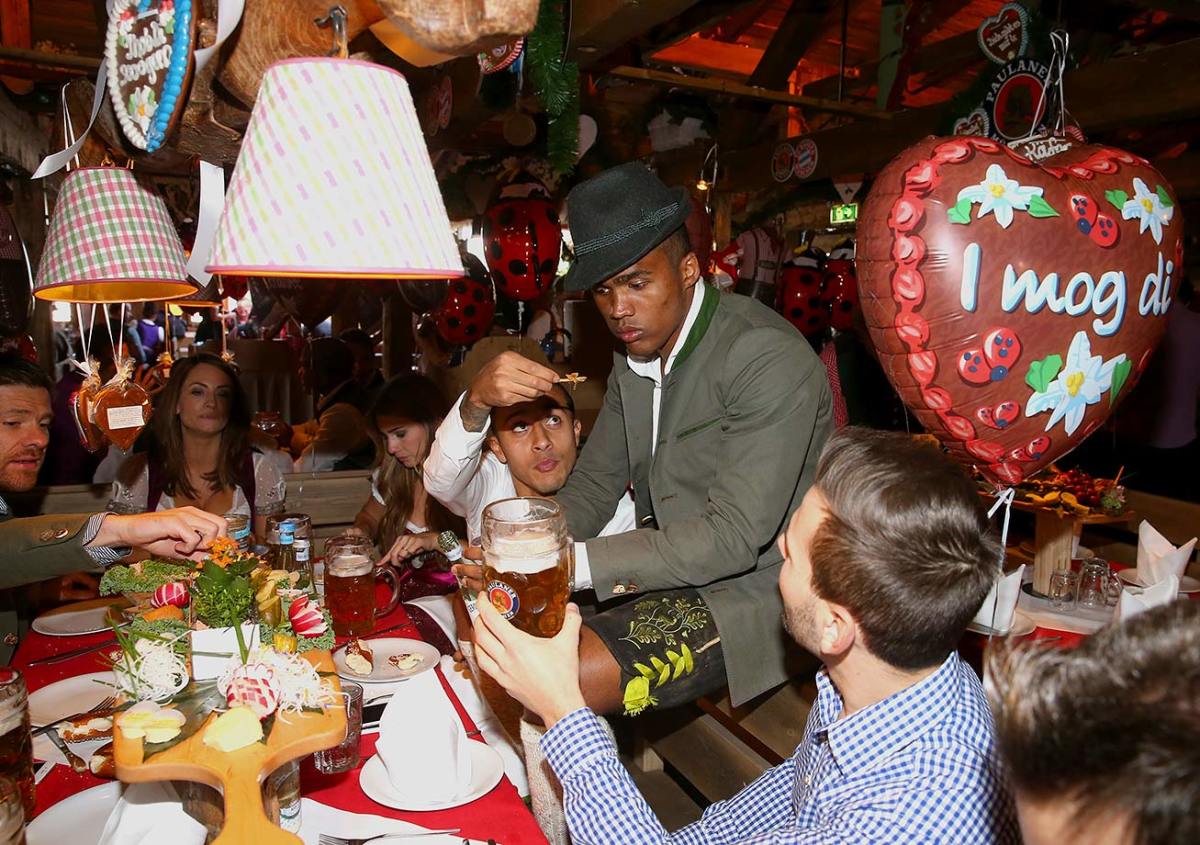
Juan Bernart and Javier Martinez
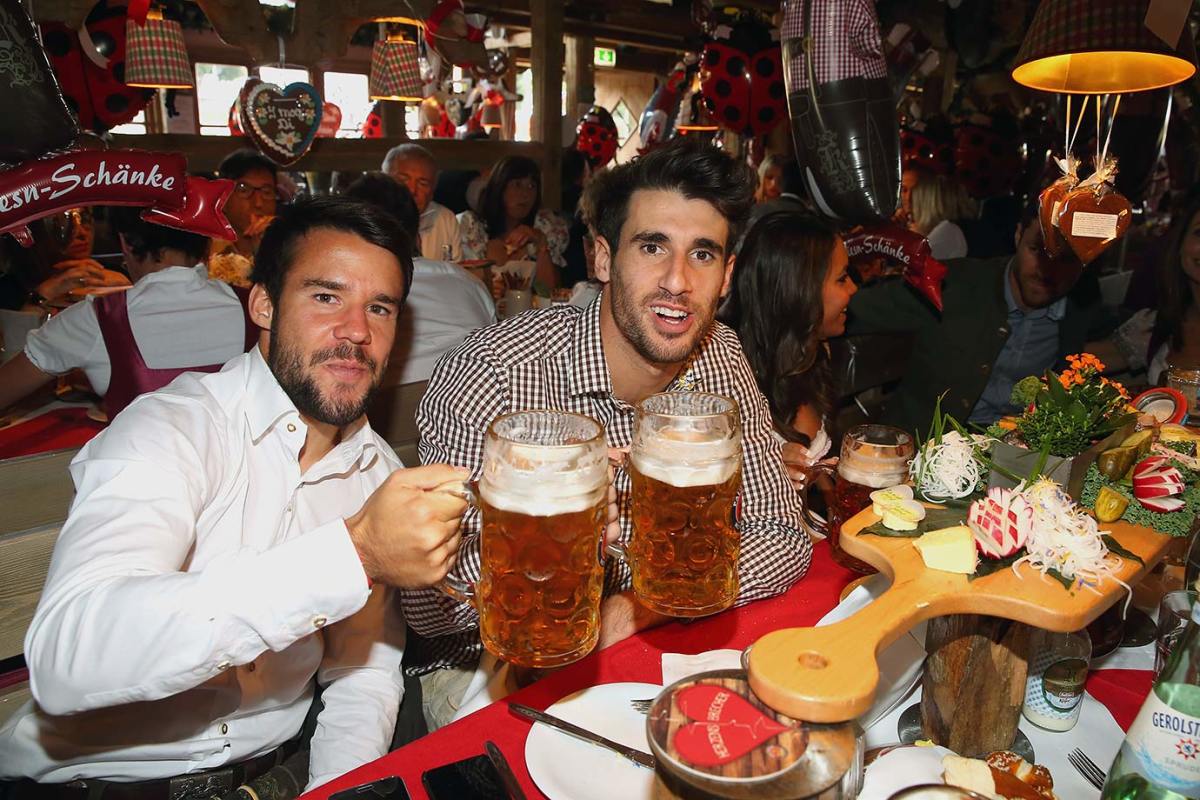
Juan Bernart
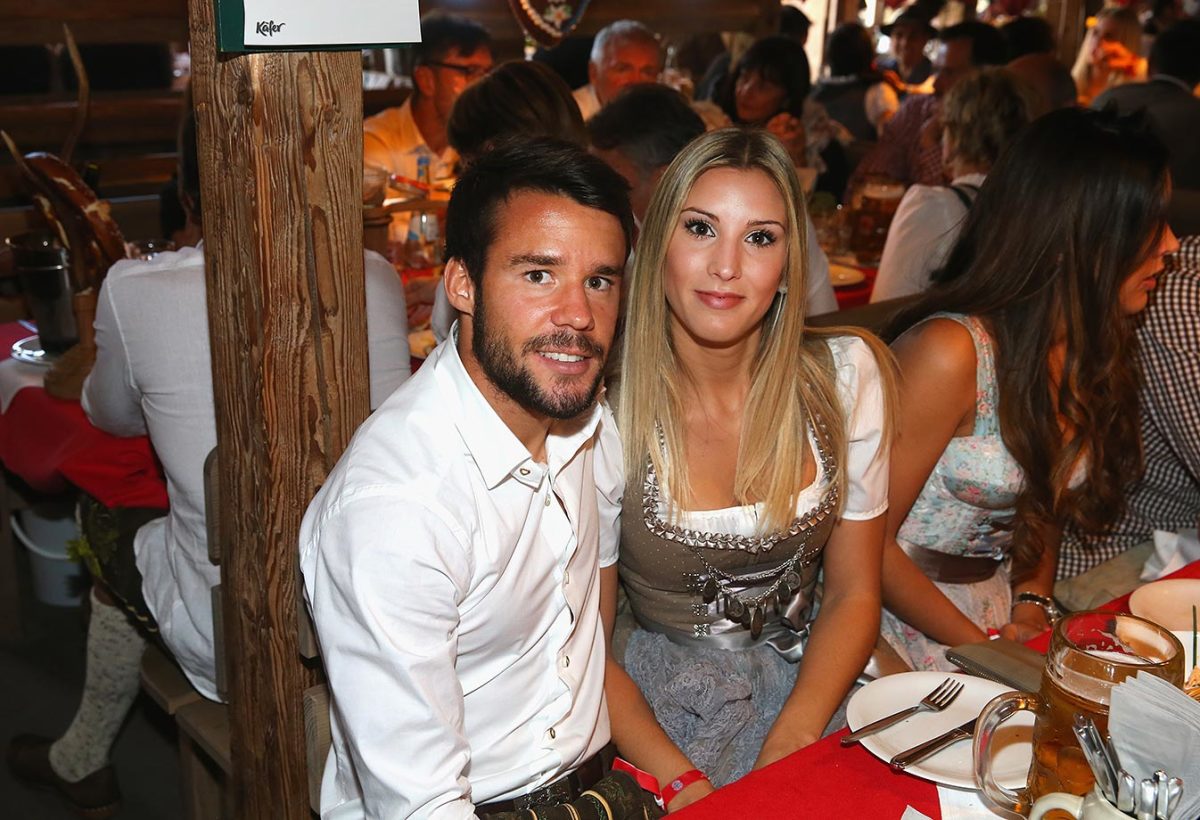
David Alaba and Katja Butylina
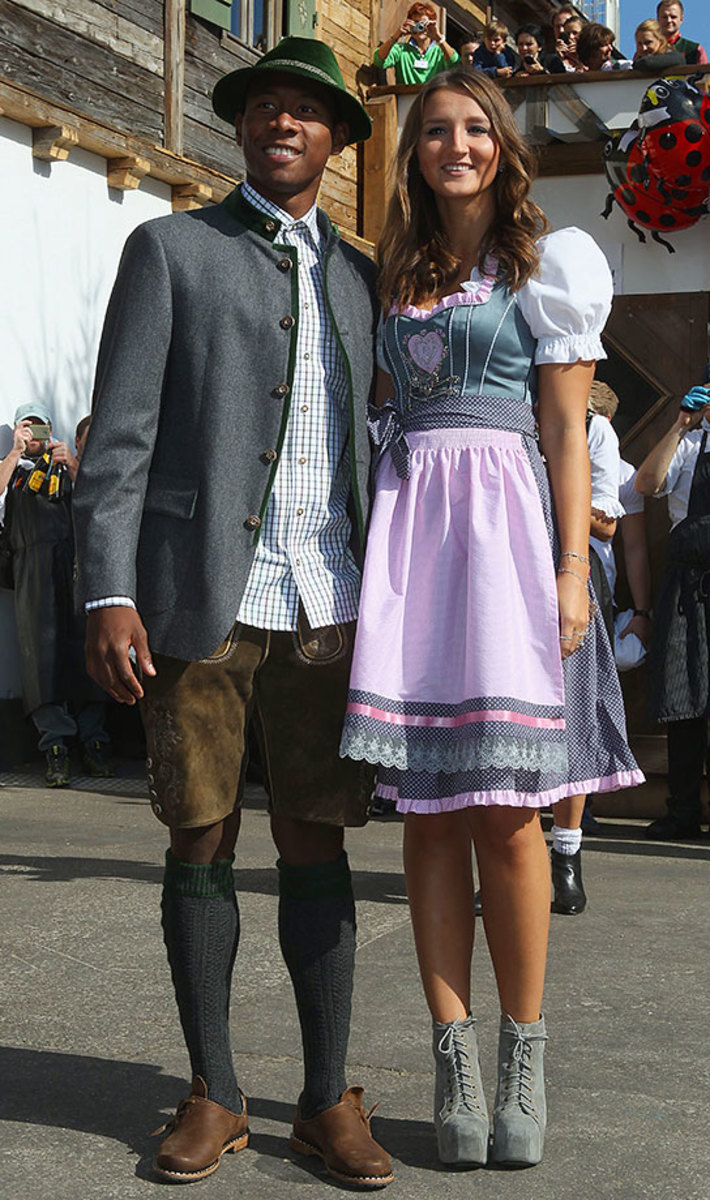
Arturo Vidal
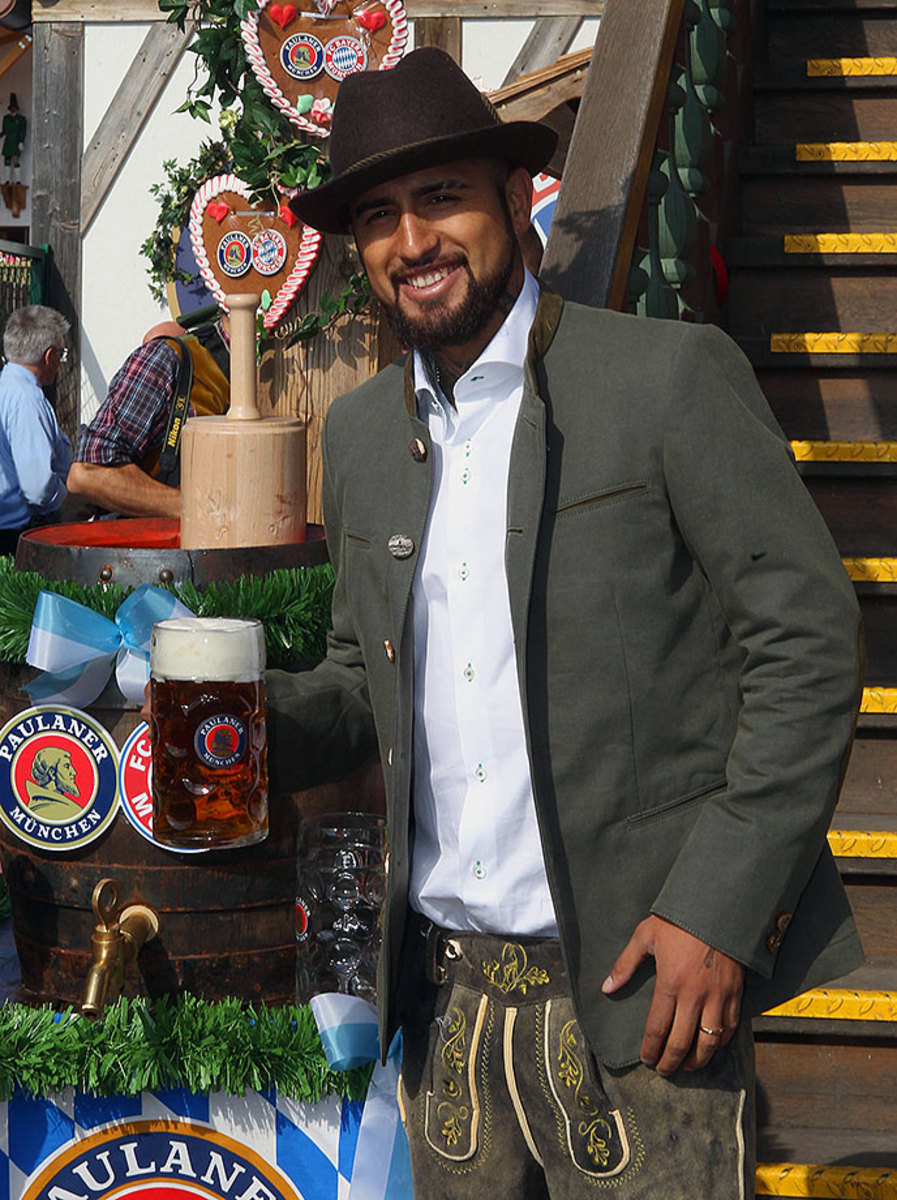
Arturo Vidal
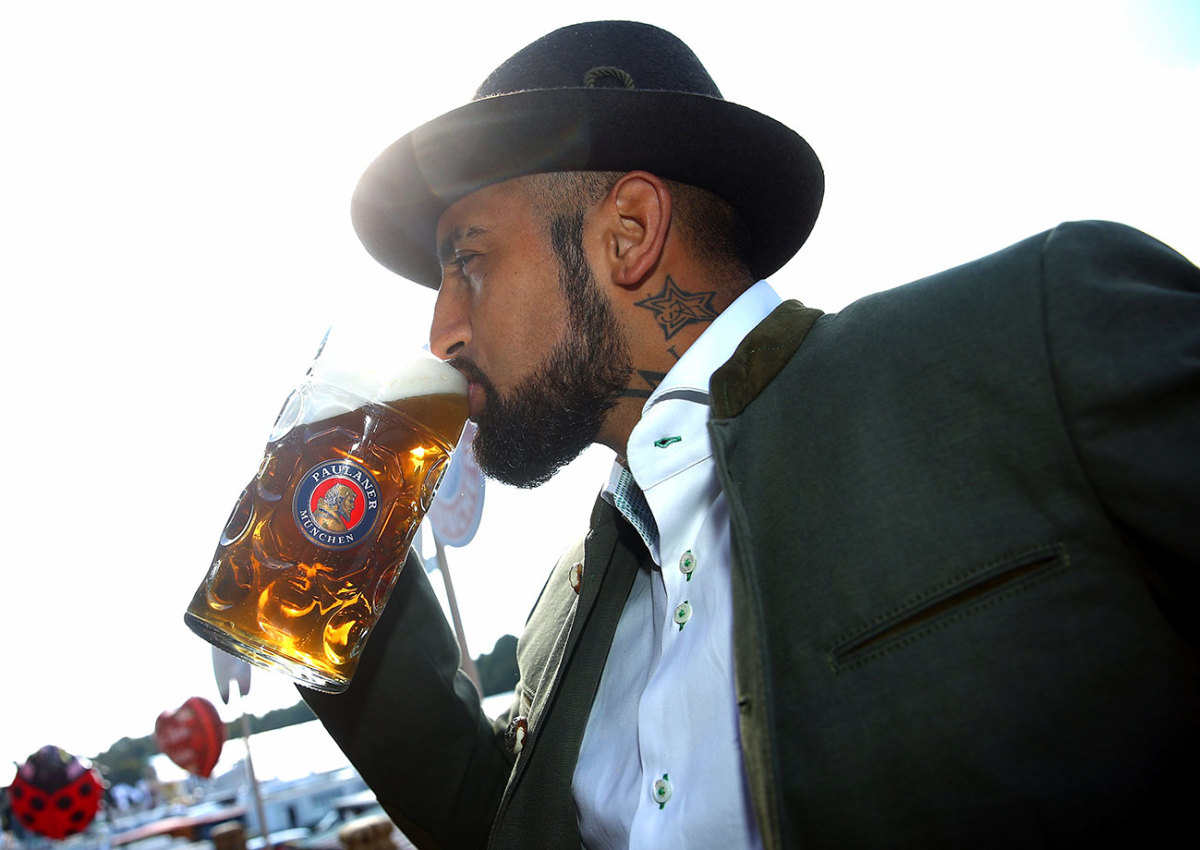
Arturo Vidal
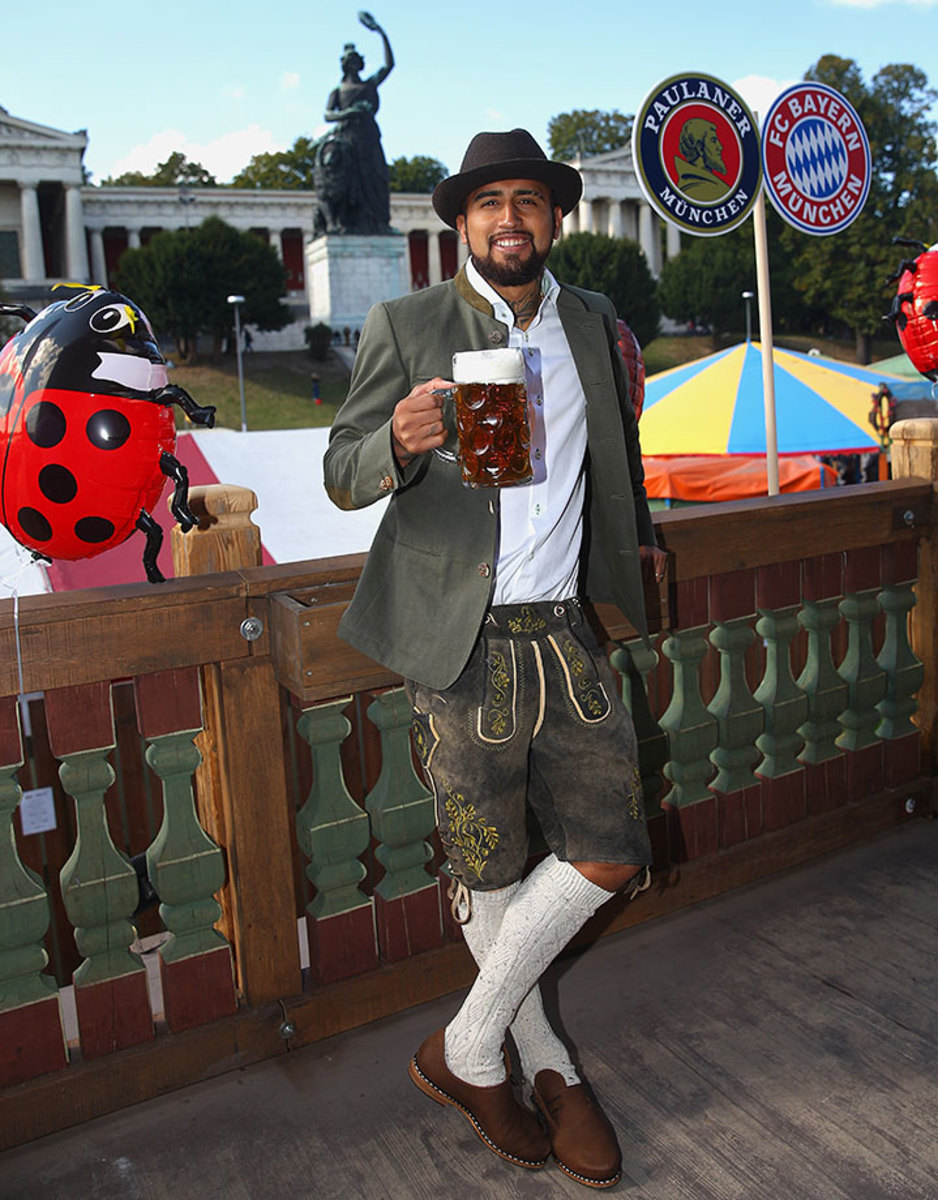
Douglas Costa
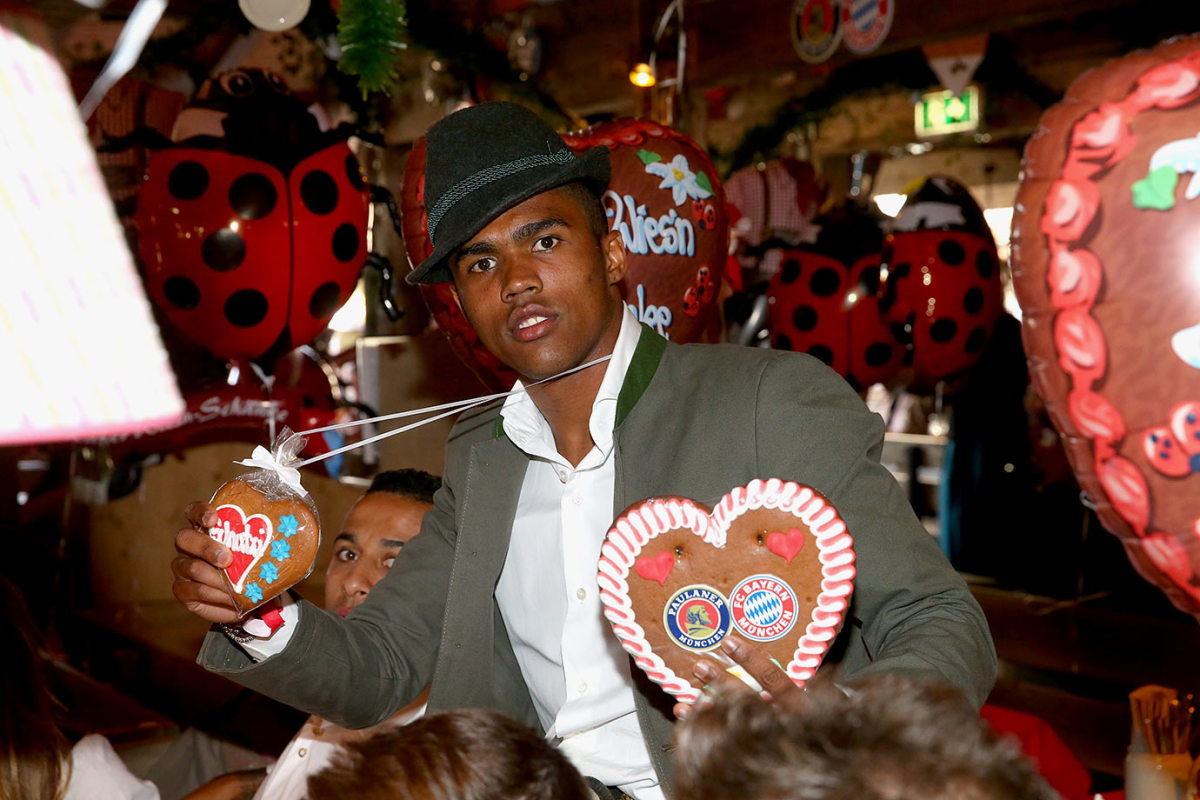
Douglas Costa
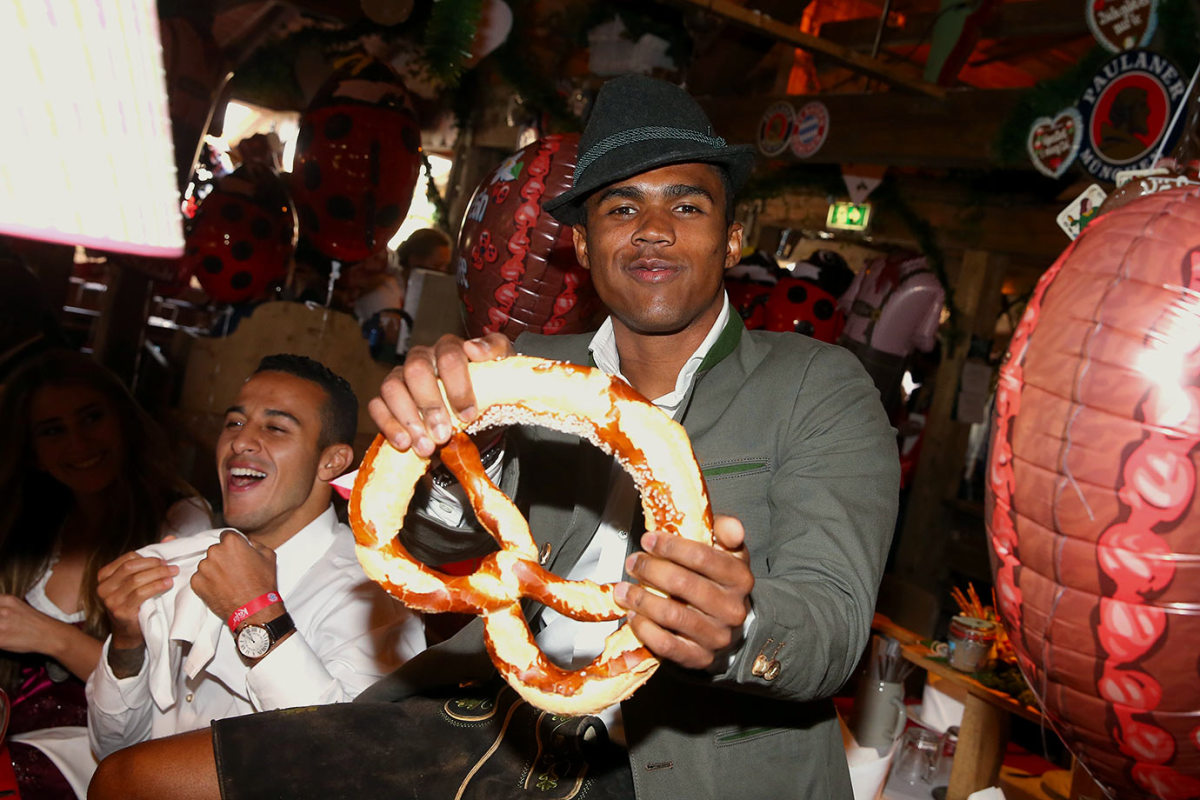
Philipp Lahm, wife Claudia and son Julian
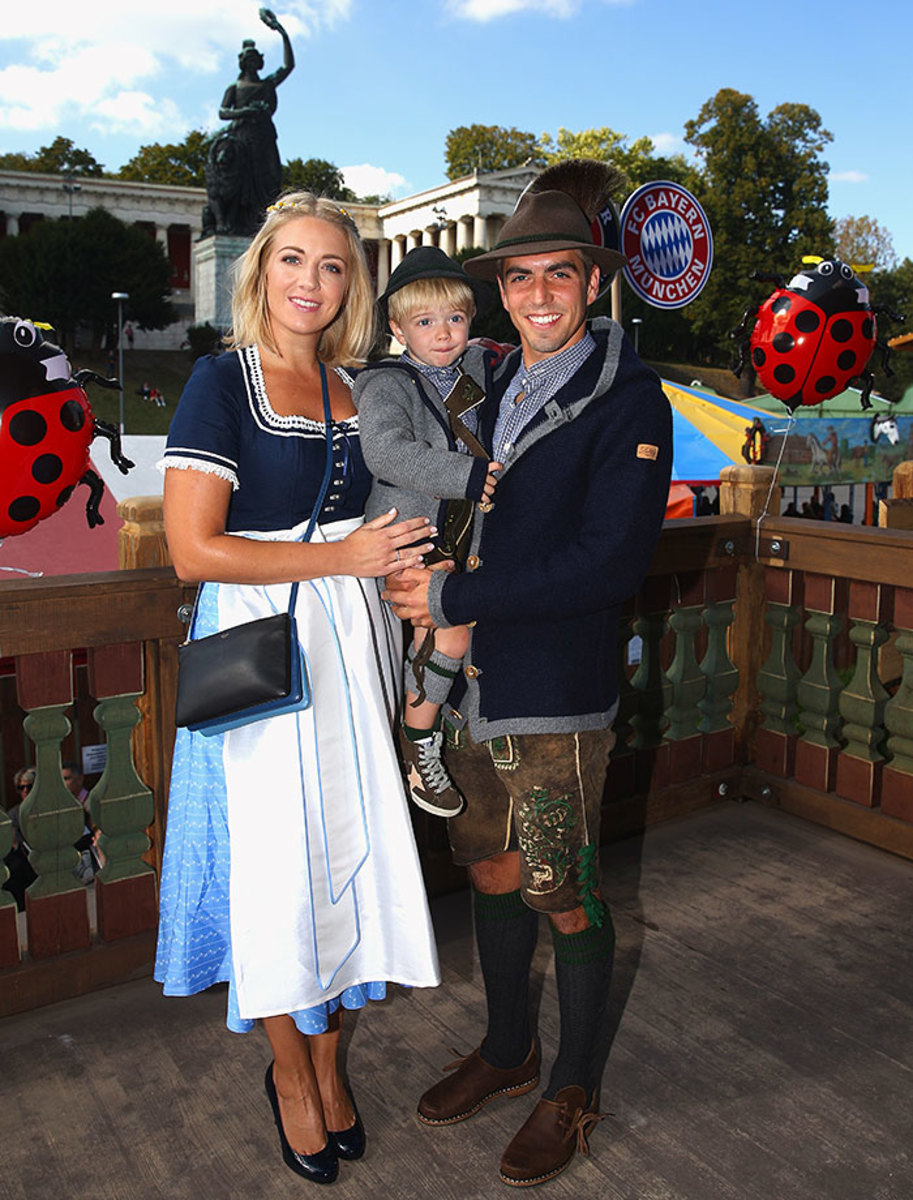
Philipp Lahm, wife Claudia and son Julian
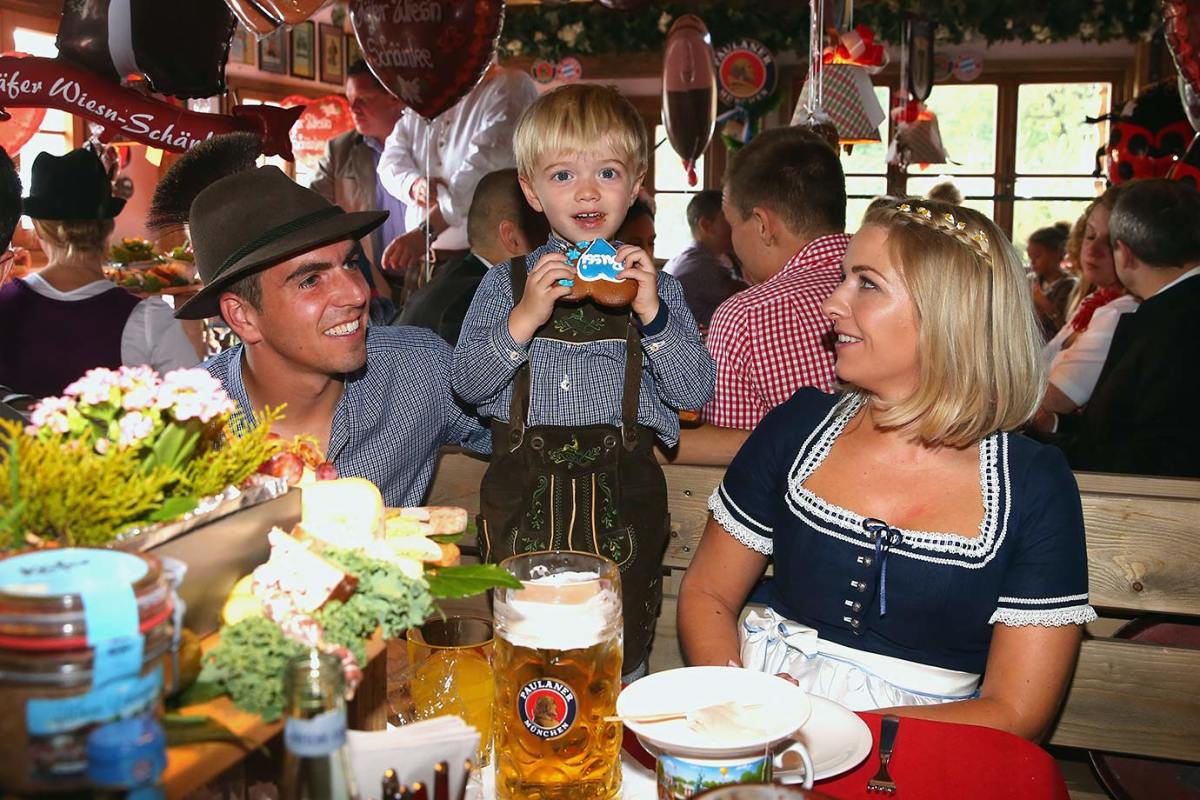
Kingsley Coman, Douglas Costa, Medhi Benatia and Franck Ribery
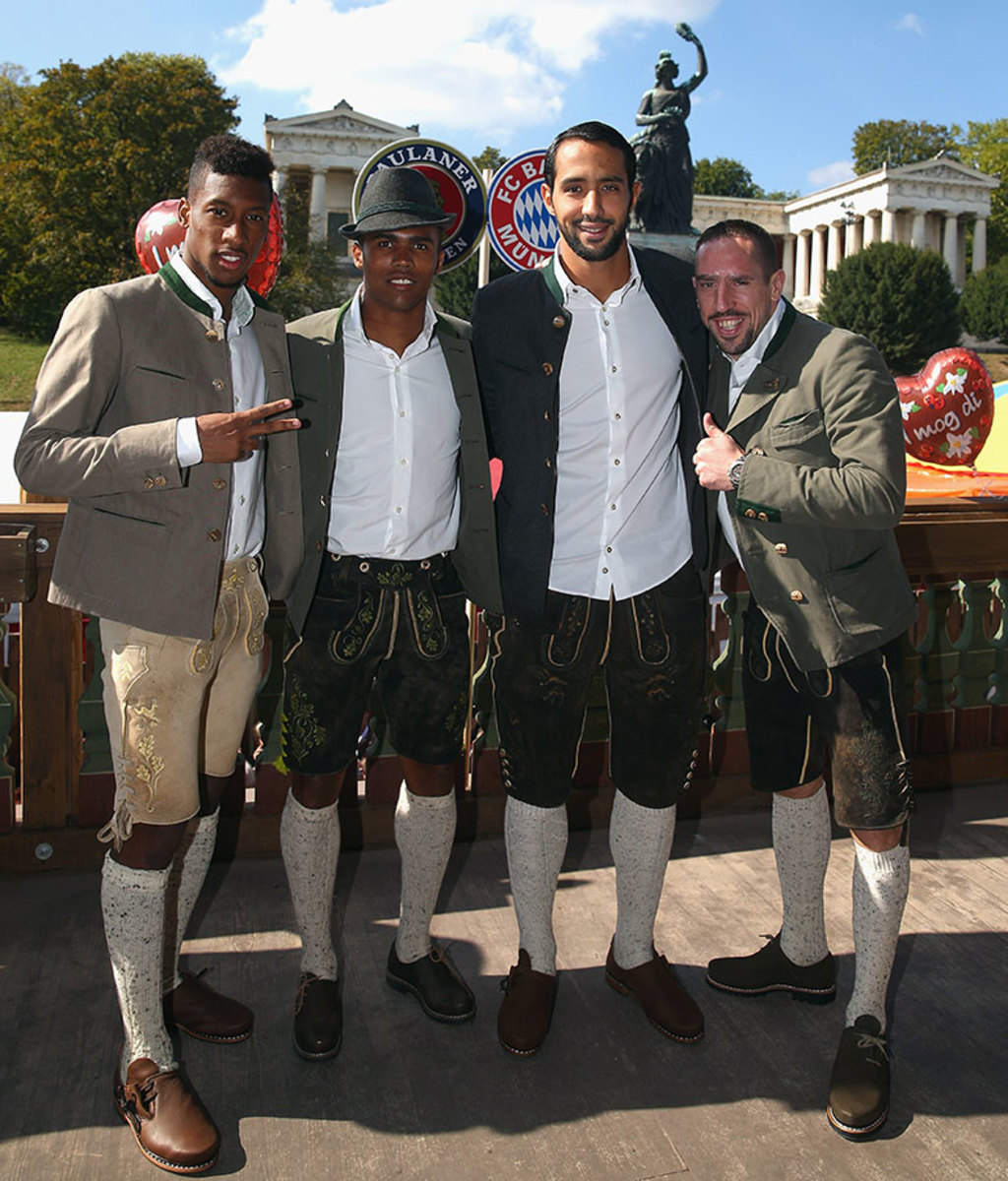
Team President Karl Hopfner and wife Anne
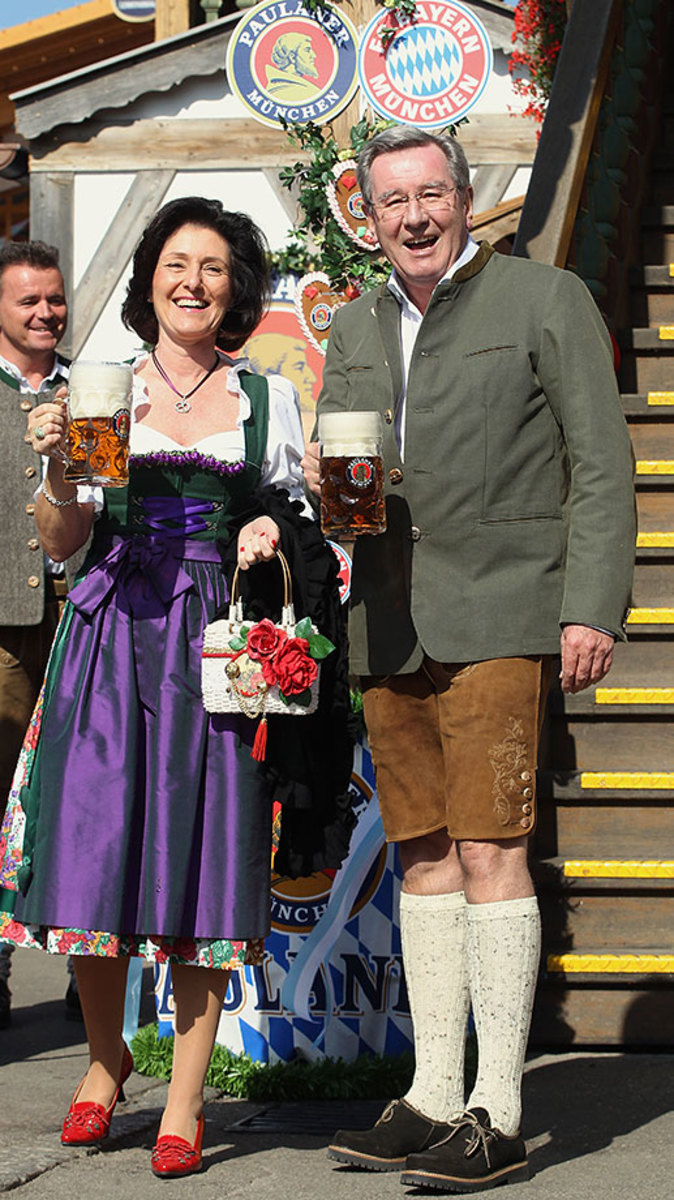
CEO Karl-Heinz Rummenigge
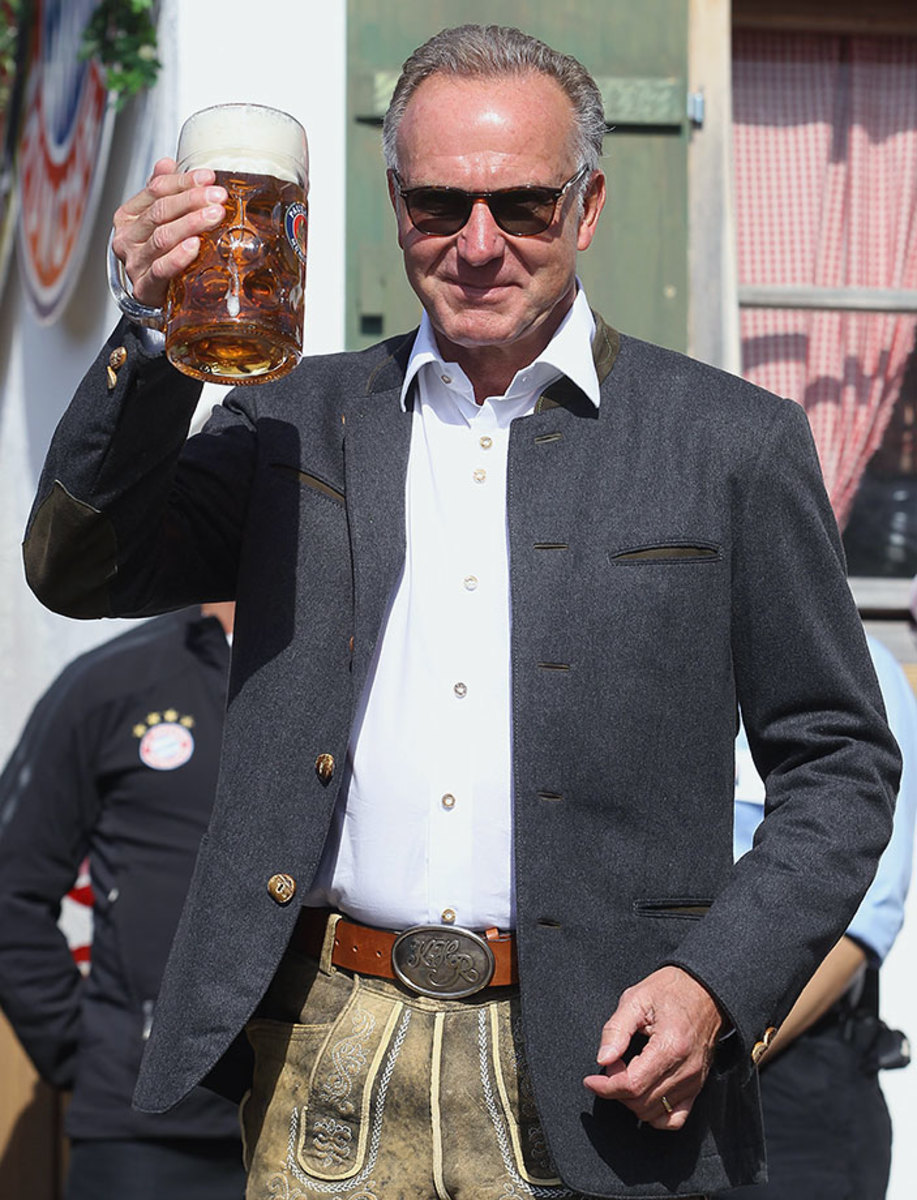
**********
Freshly showered after training, and wearing a gray designer sweater, Neuer turns toward the 65‑inch video screen in Bayern Munich’s boardroom and starts breaking down clips from a showdown with Borussia Dortmund last October. In addition to reviewing video of his own game performances and practices on a laptop with his goalkeepers coach, Neuer takes part in pregame tactical talks with the rest of his squad.
Beyond its usual high-pressing approach, Dortmund will try to attack Bayern’s high back line the same way that Algeria did, by sending passes over and through the line, into space, for speedy striker Pierre-Emerick Aubameyang. Even so, Neuer keeps an aggressive starting position, the better to quickly attack through-balls, and in the eighth minute he intercepts one 35 yards from his goal, igniting the Bayern attack.
“If I’m in my box and waiting for the ball to come to me, we lose time,” Neuer says. “If I’m standing higher, we have more time—and Dortmund can’t get into the real [balanced defensive] position the way they want.”
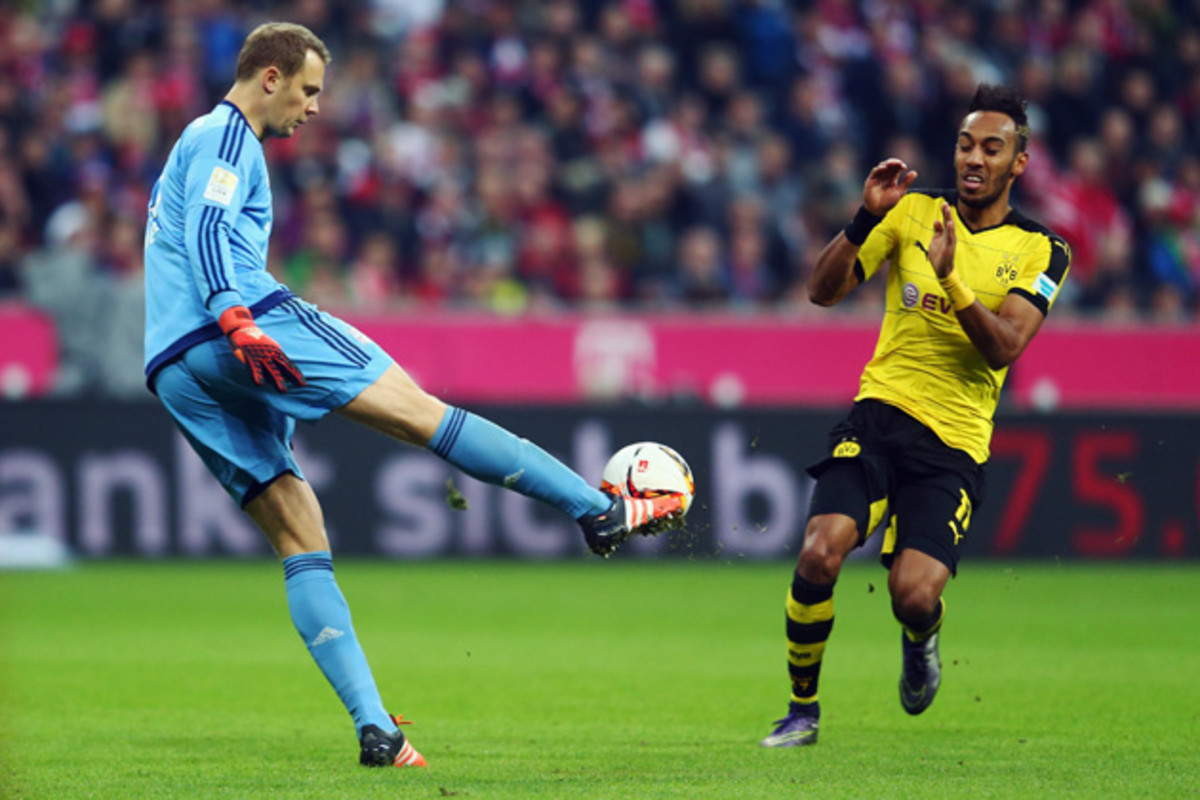
The sweeper keeper is in full view later in the game when Neuer races out 40 yards to head a piercing through-ball away from Aubameyang’s path and directly to teammate David Alaba, who immediately starts a Bayern fast break. Ten seconds and three lightning-quick passes later, Bayern has a shot in Dortmund’s box, and while it doesn’t go in, we’ve still witnessed one more world-class play by Neuer.
And that’s just the obvious stuff. Before each game Neuer studies his opponent’s set-piece and penalty-taking tendencies. He’s the one who sets up Bayern’s wall in defending free kicks near the goal. And when Dortmund has a corner kick, it’s on Neuer to organize Bayern’s zonal marking in the box. The key here, Neuer says, isn’t just the five defenders arranged in a horizontal line across the six-yard box but also the three teammates in a similar line near the penalty spot, whose job is to prevent Dortmund’s attackers from getting a full head of steam and leaping over the zonal markers or finding spaces between them.
“It’s always a zone,” he says, referring to the area between the two parallel lines. “The second line of three players wants to block [the attackers] so they can’t go fast into the zone.”
Bayern builds a 2–0 lead against Dortmund before Aubameyang scores on the break late in the first half to make it 2–1. How you respond to conceding a goal is also important, Neuer says.
“Normally you know if you can change something or if you have made a mistake—every time there is something,” he says. “But you always have to start again at zero after a goal.”
This game, however, is no contest. Bayern goes on to win 5–1, a major victory in its run to a fourth straight Bundesliga title. Neuer won’t make the headlines on this day, but his performance is terrific, in direct contrast to that of his Dortmund counterpart, Roman Bürki. The perils of the sweeper keeper are manifold: On two occasions Bürki allows goals after coming out for the ball and missing it.
Being Manuel Neuer is a lot harder than it looks.
